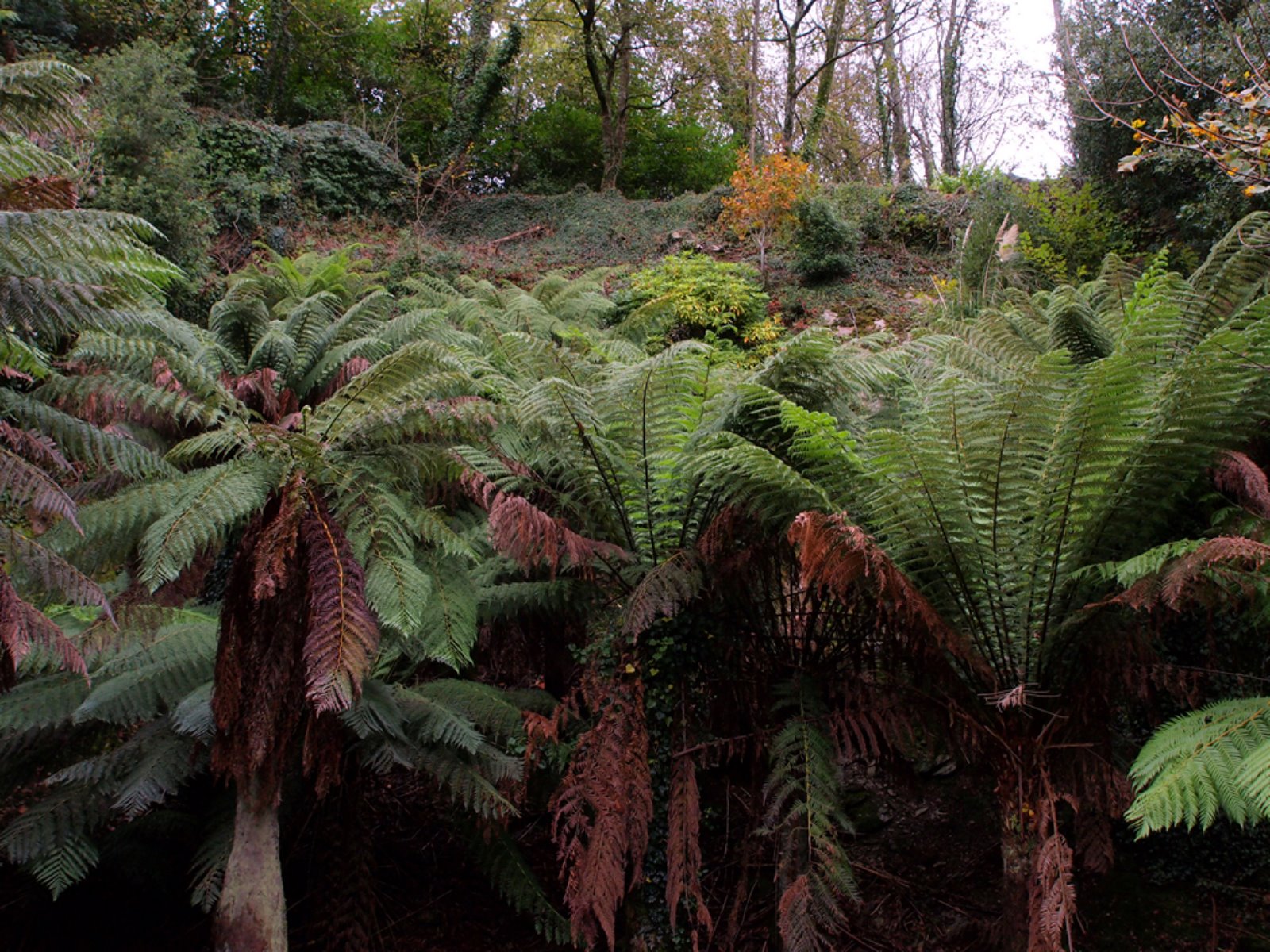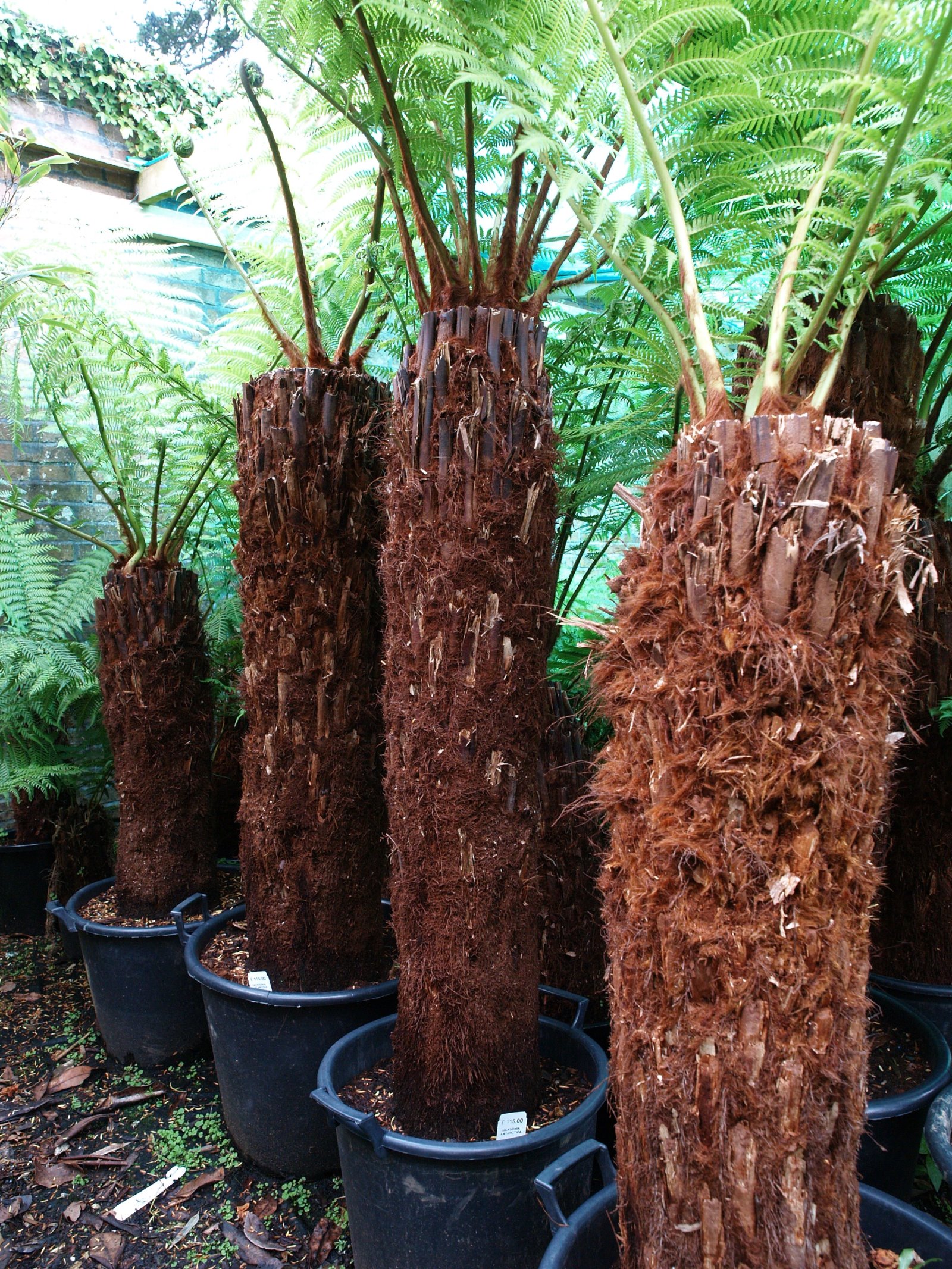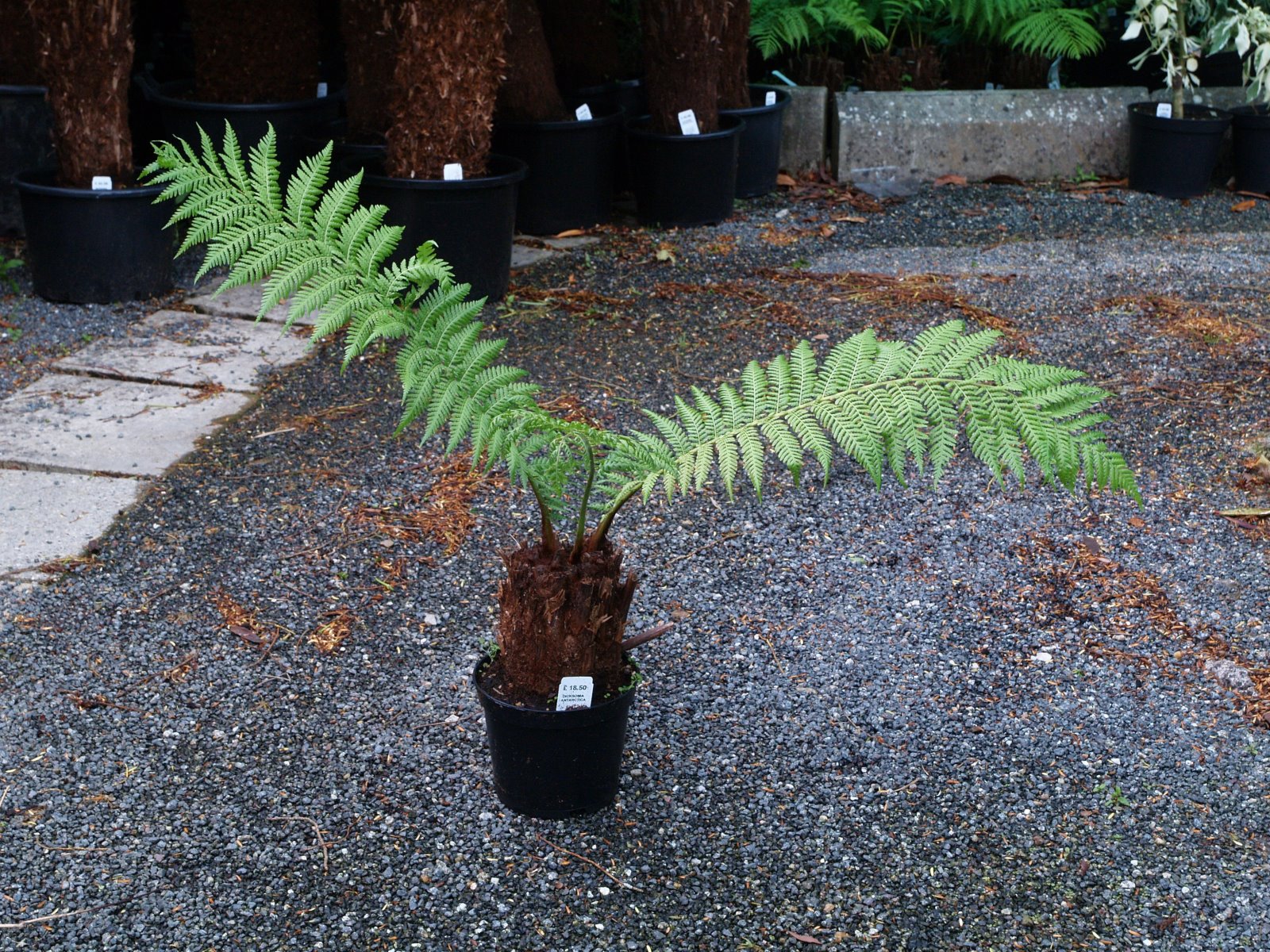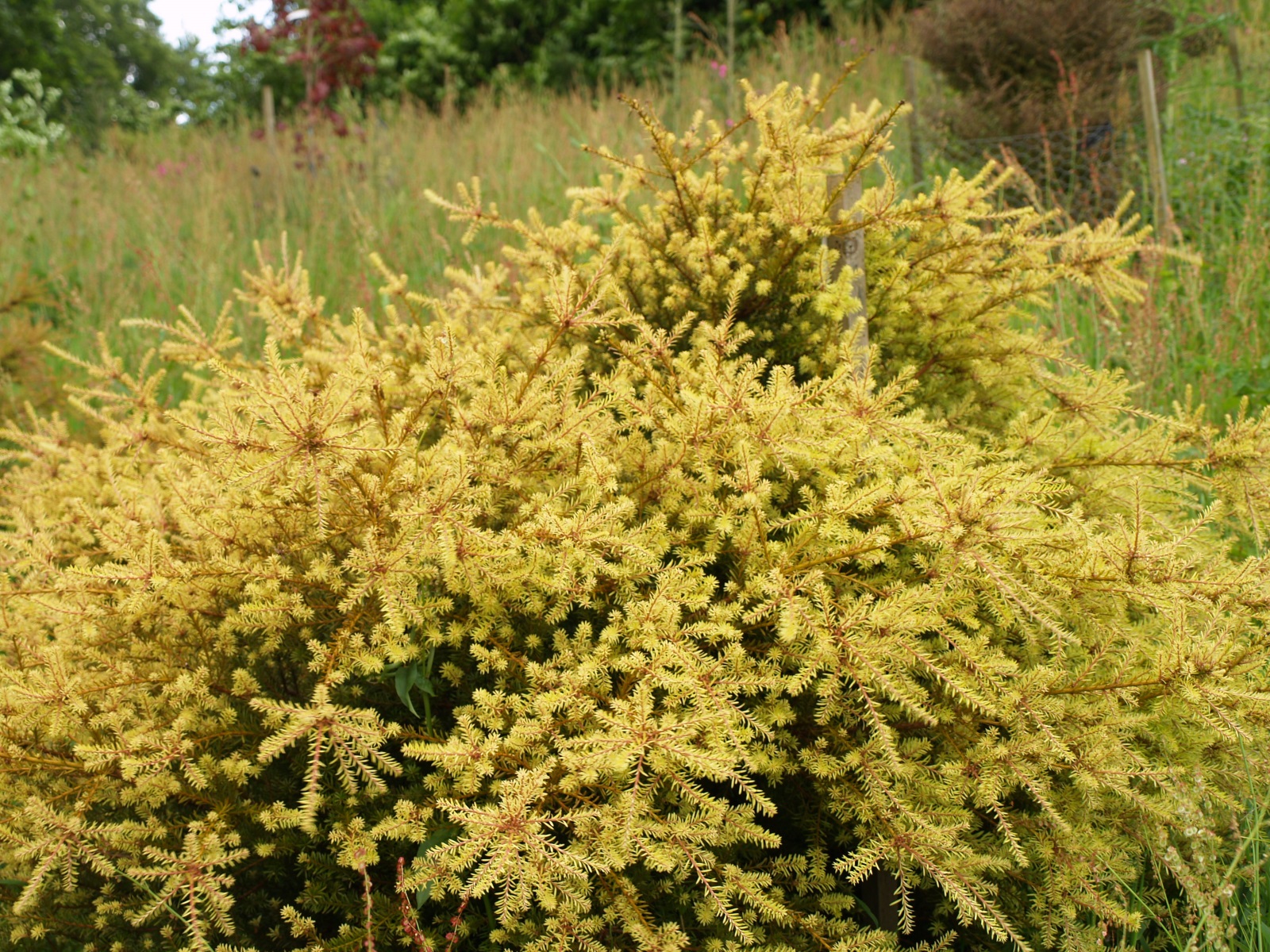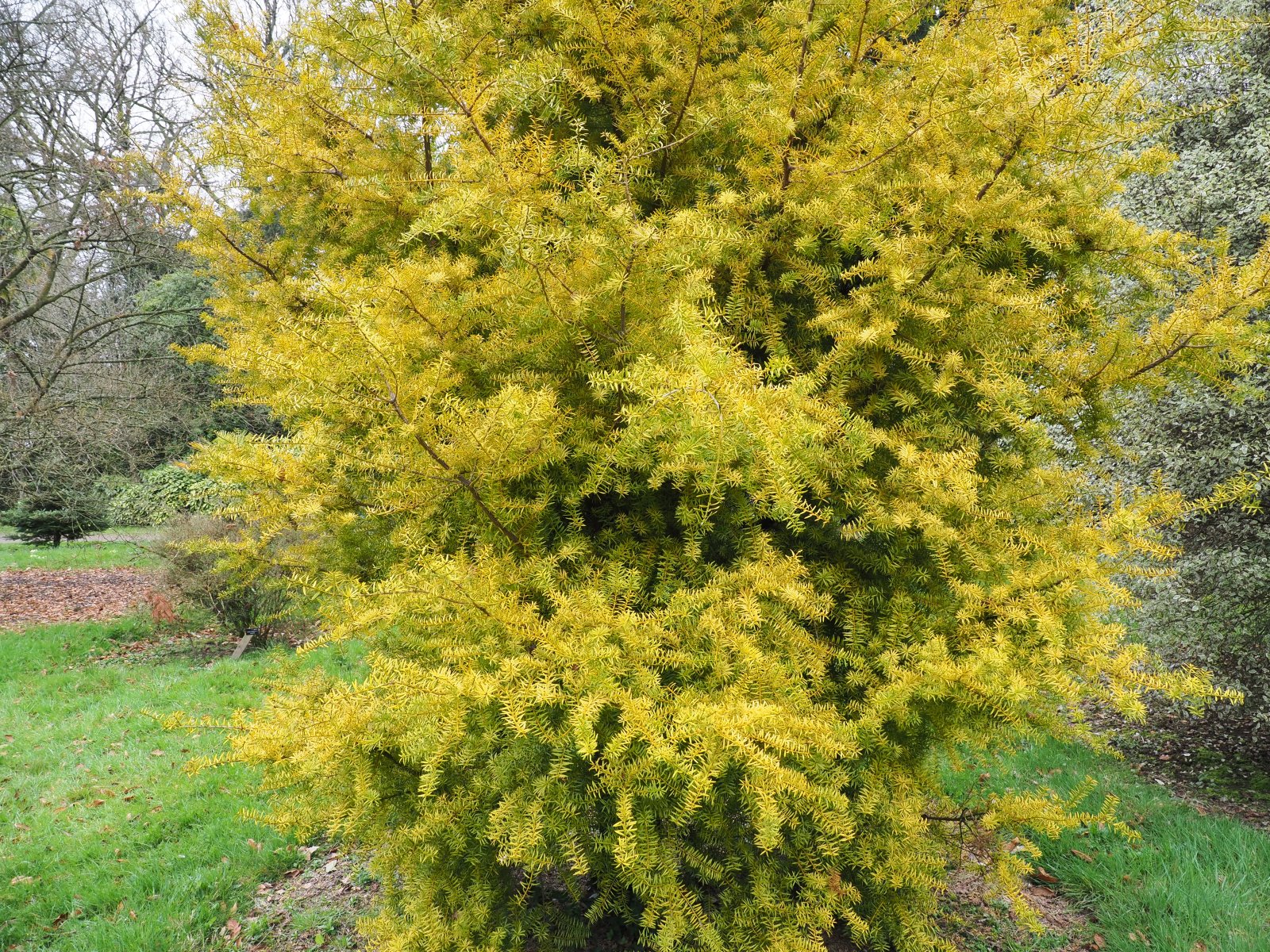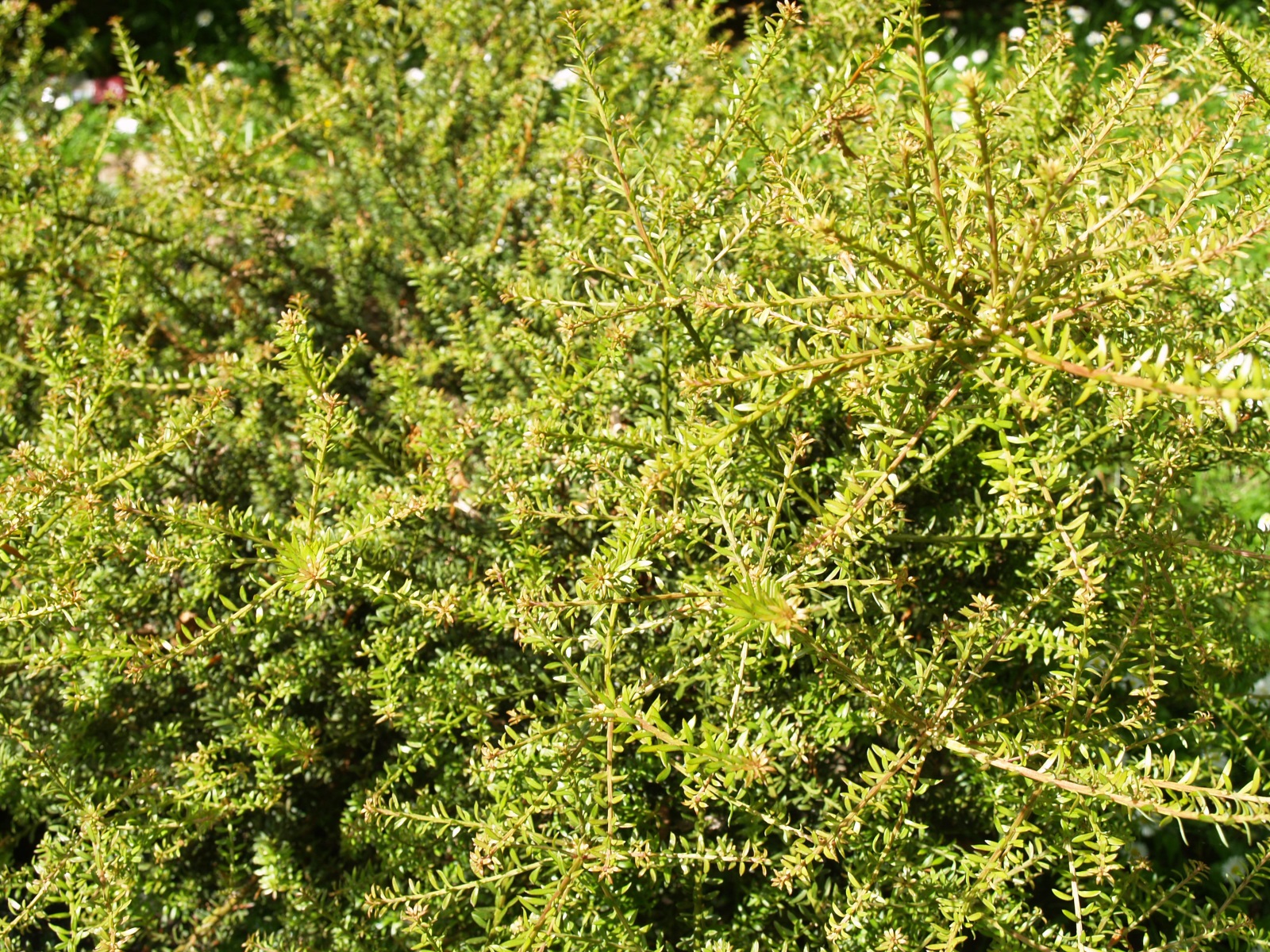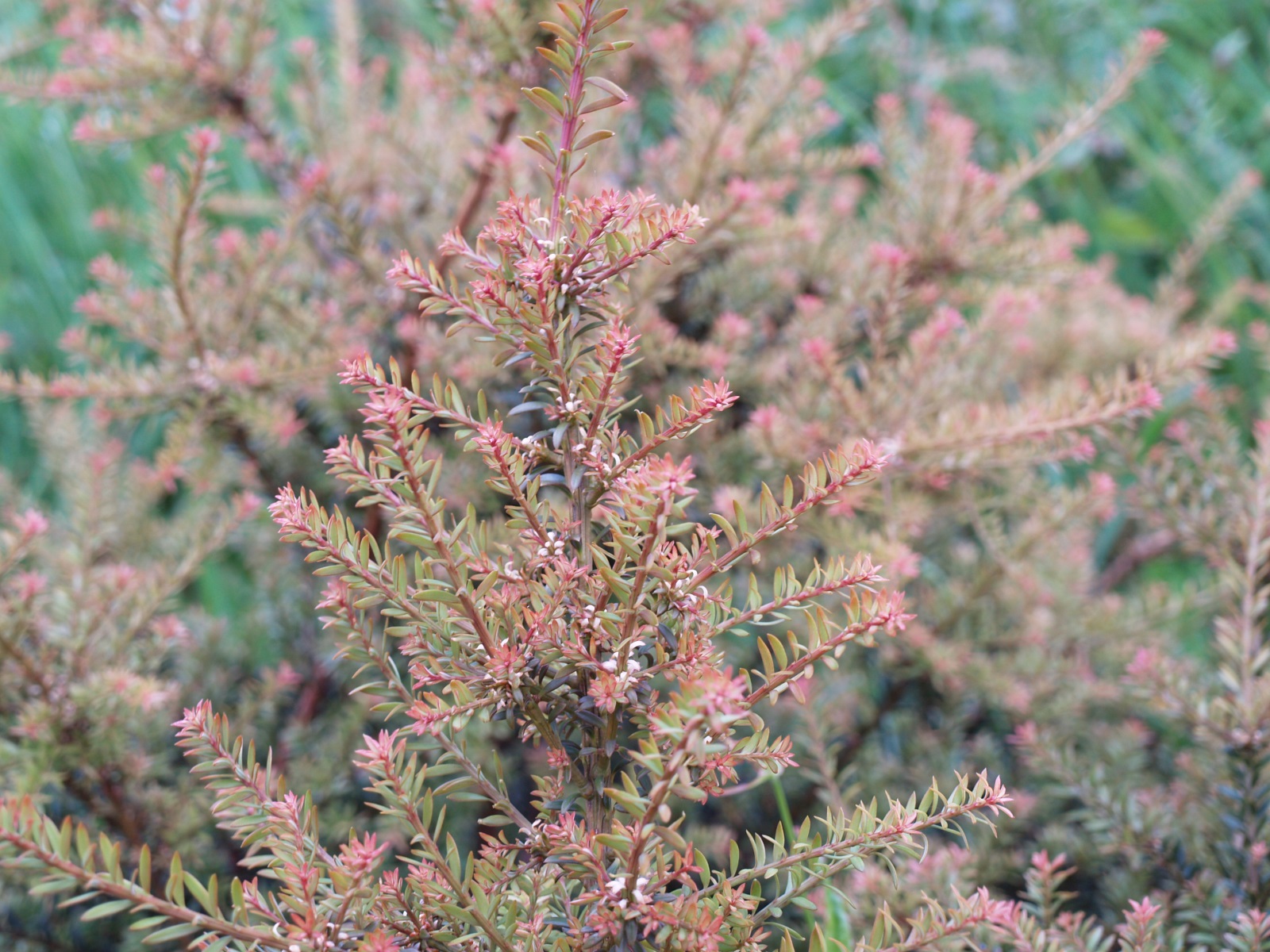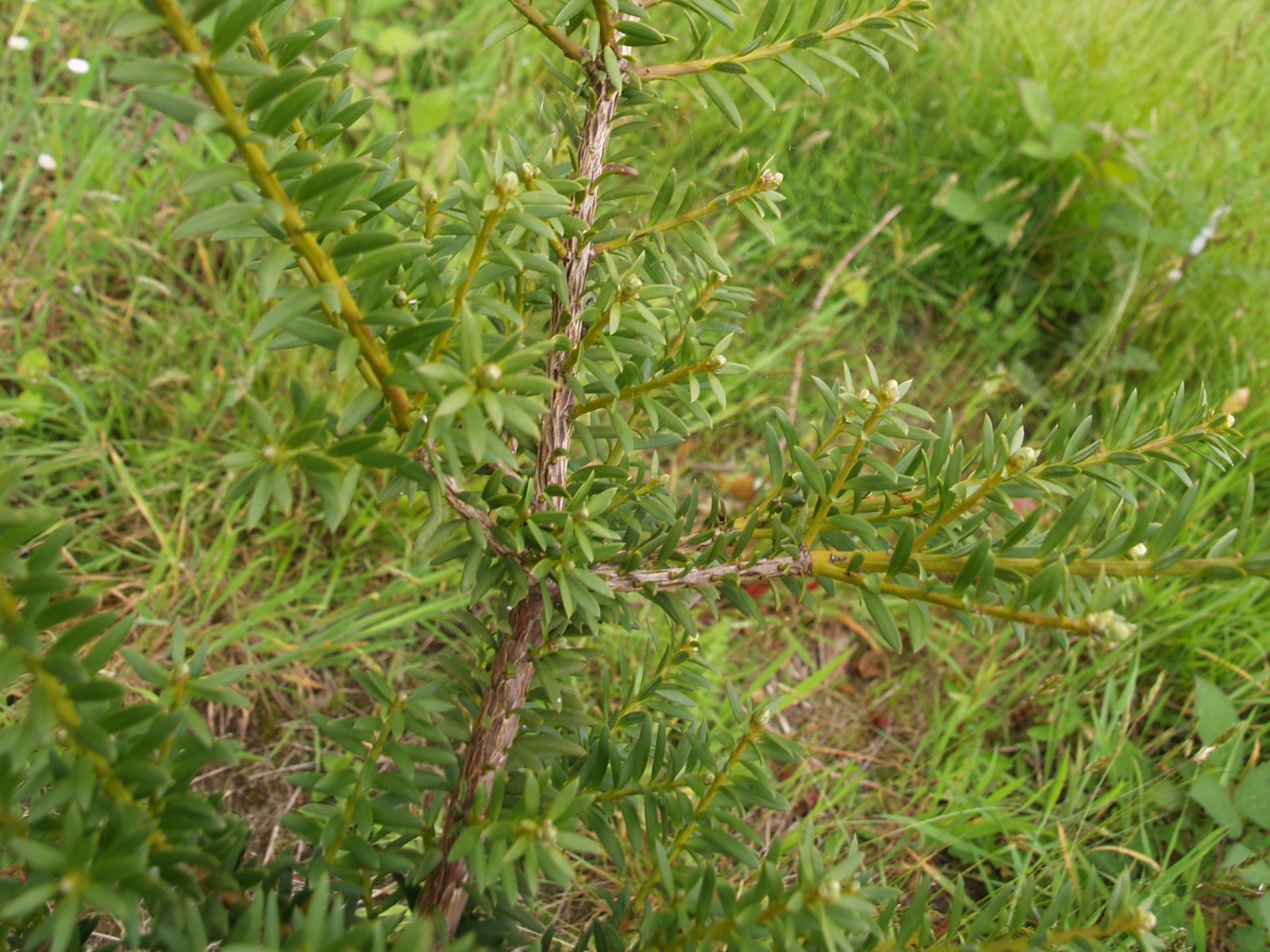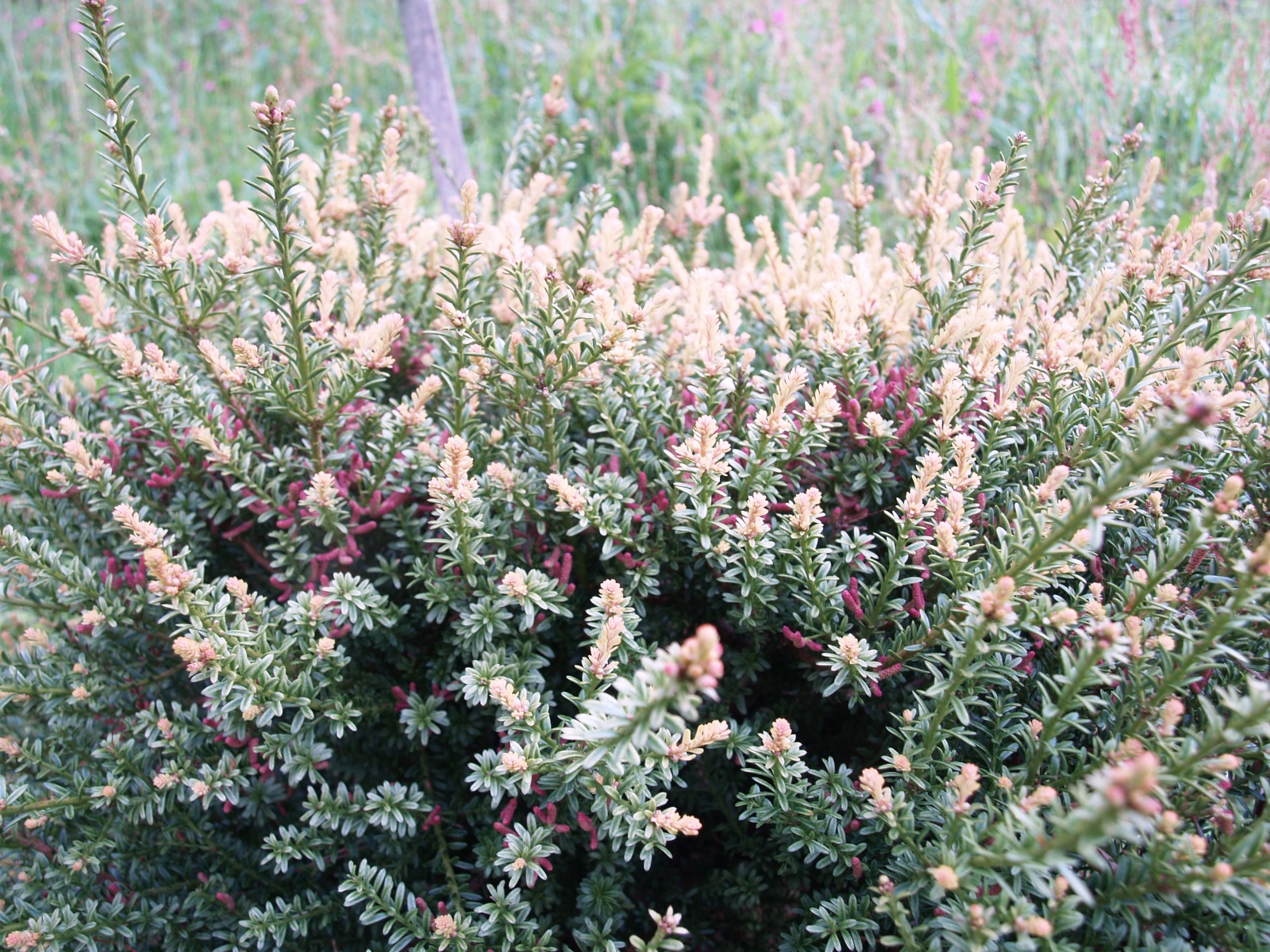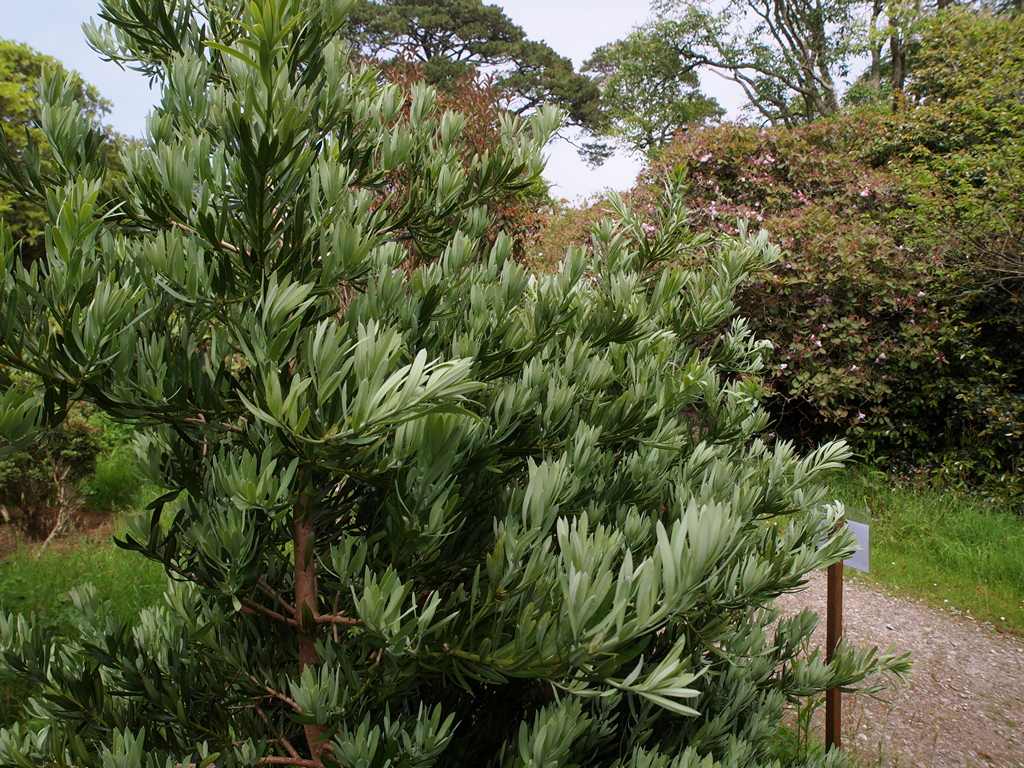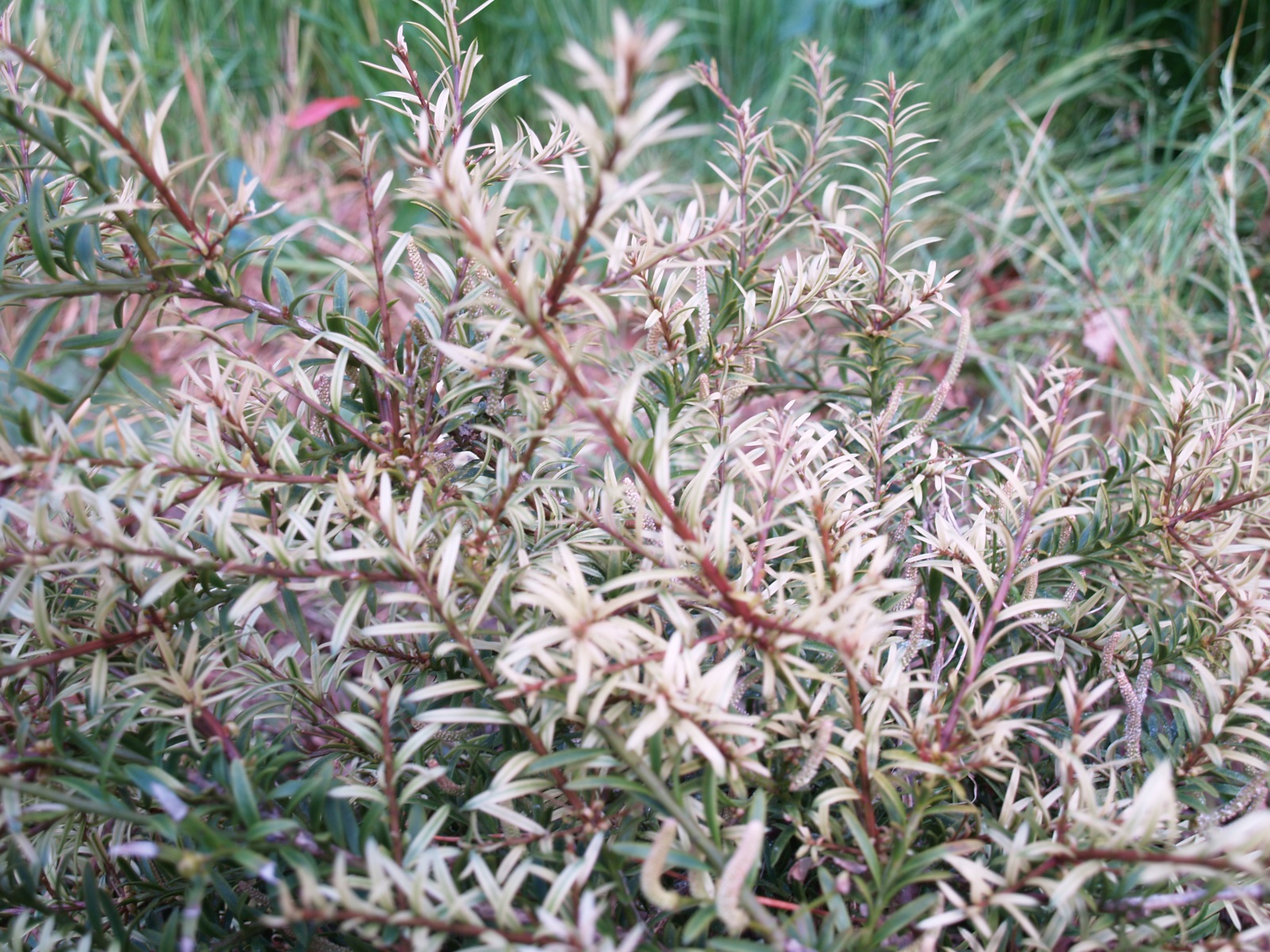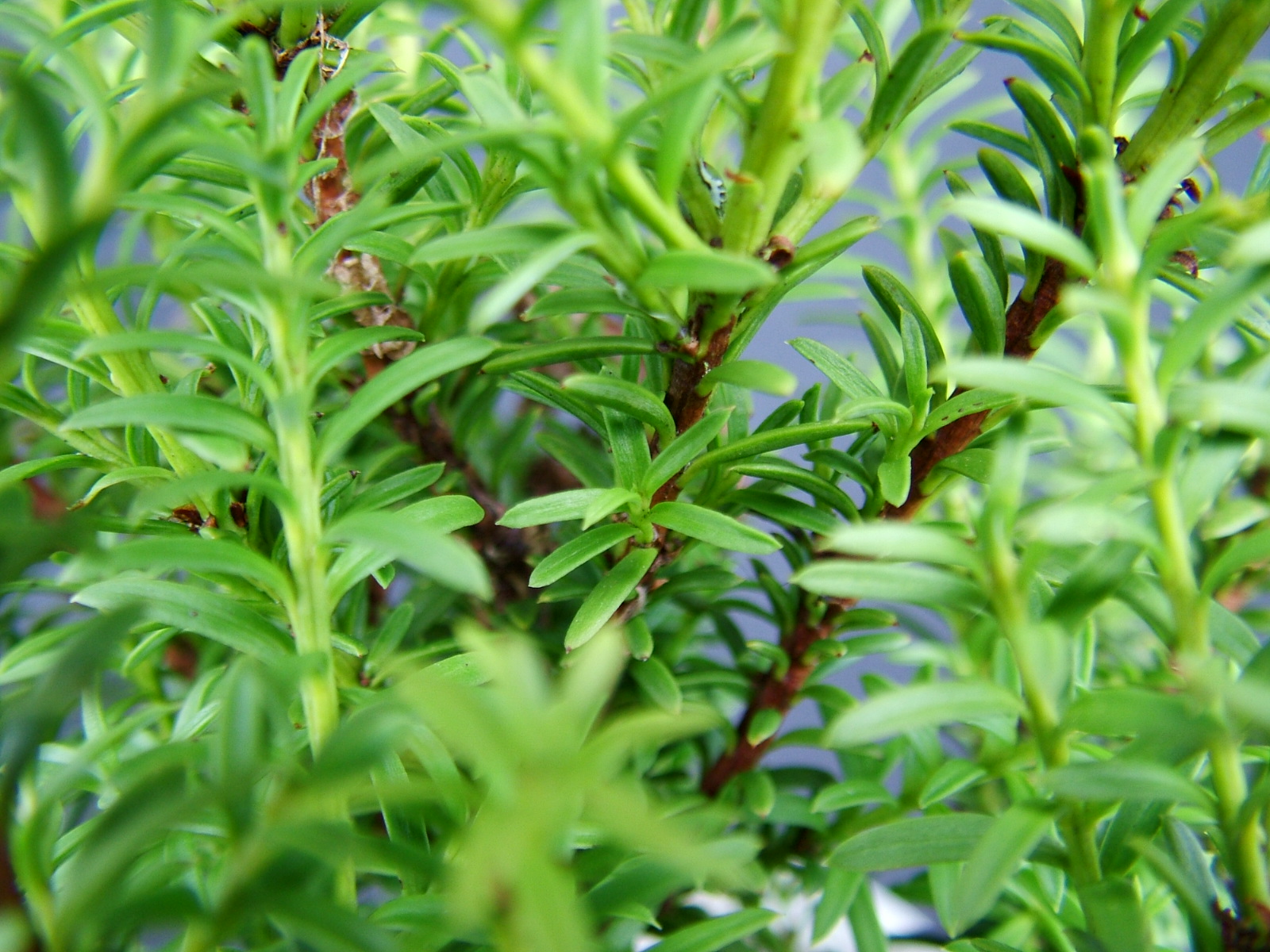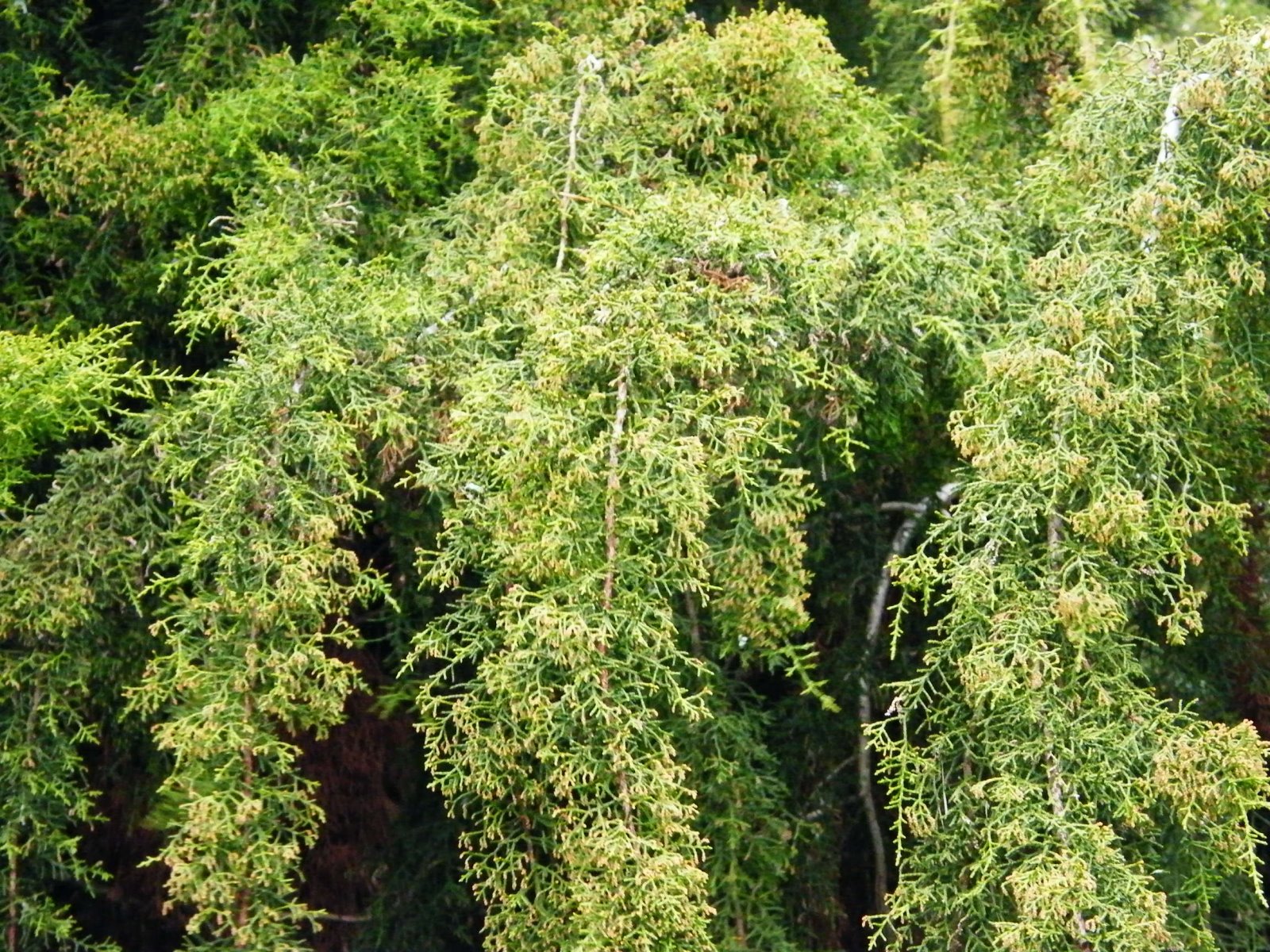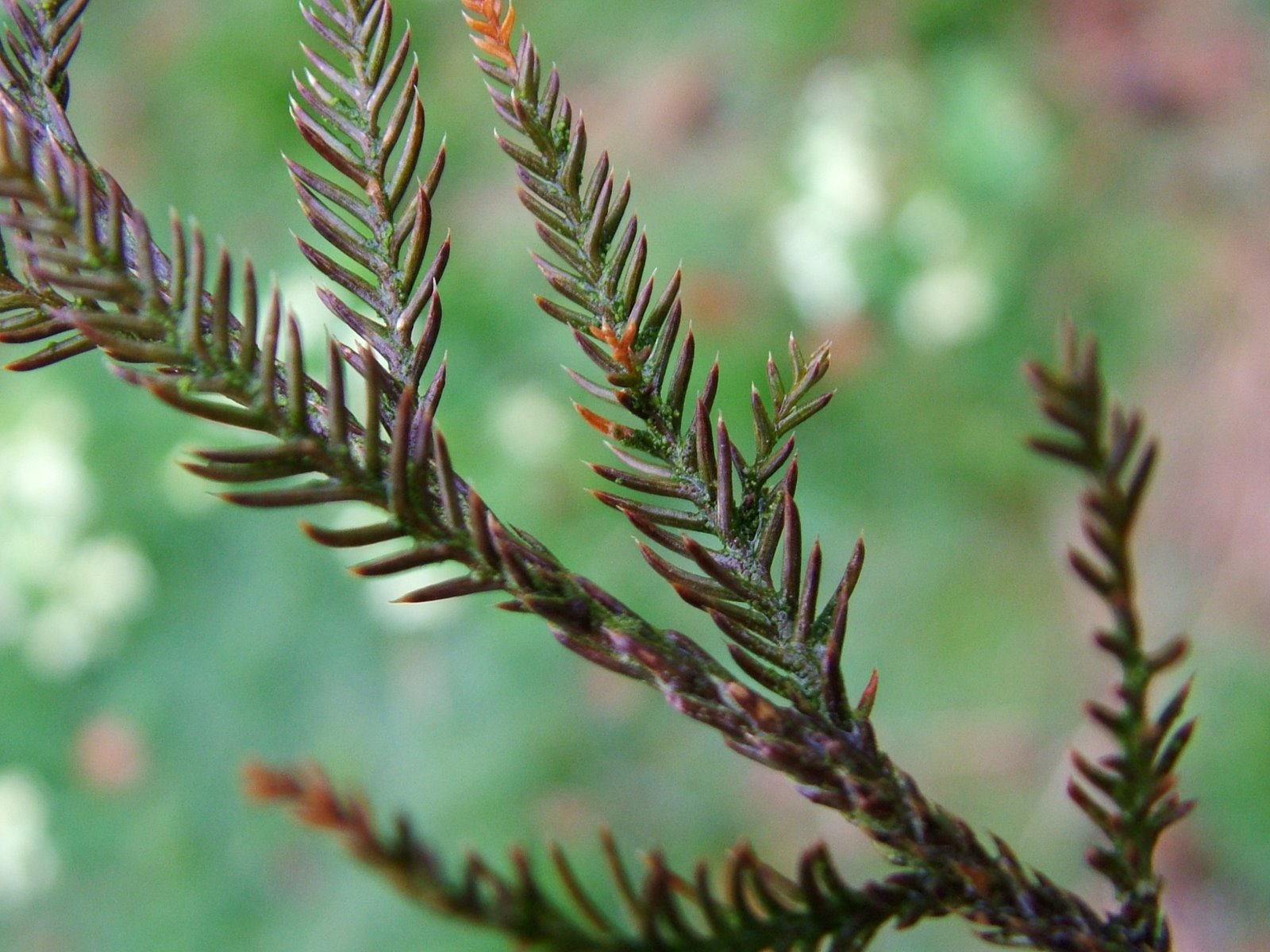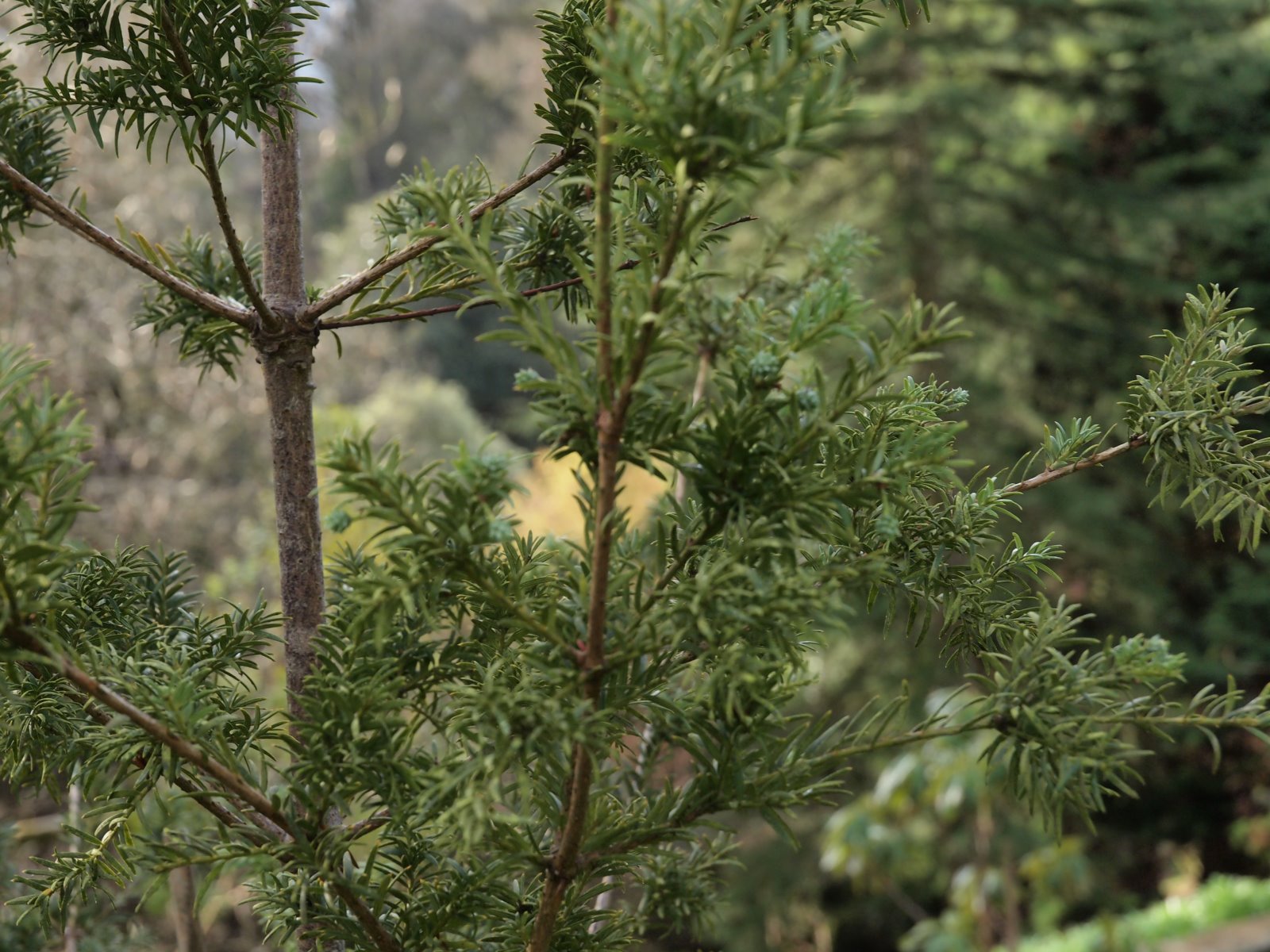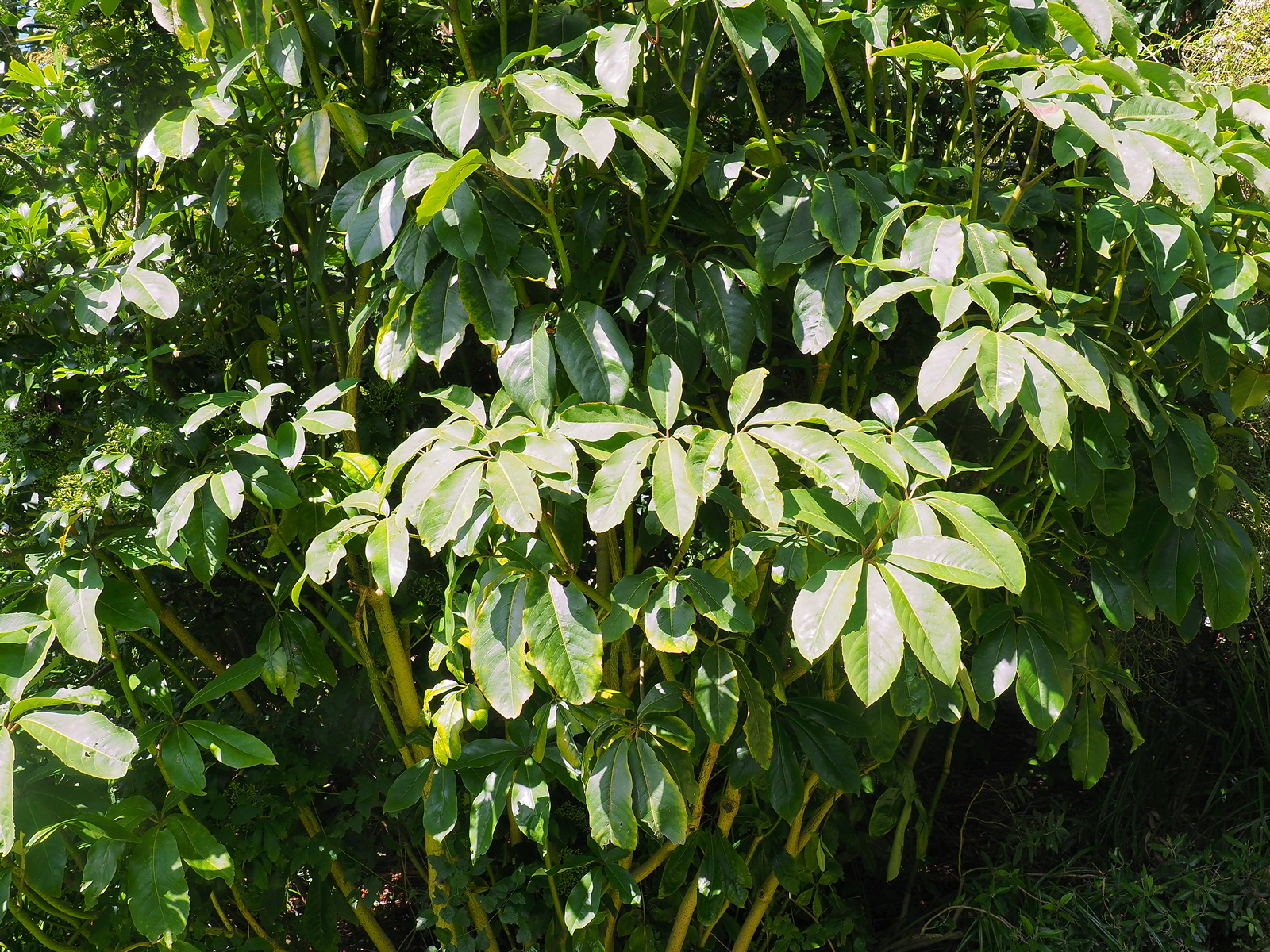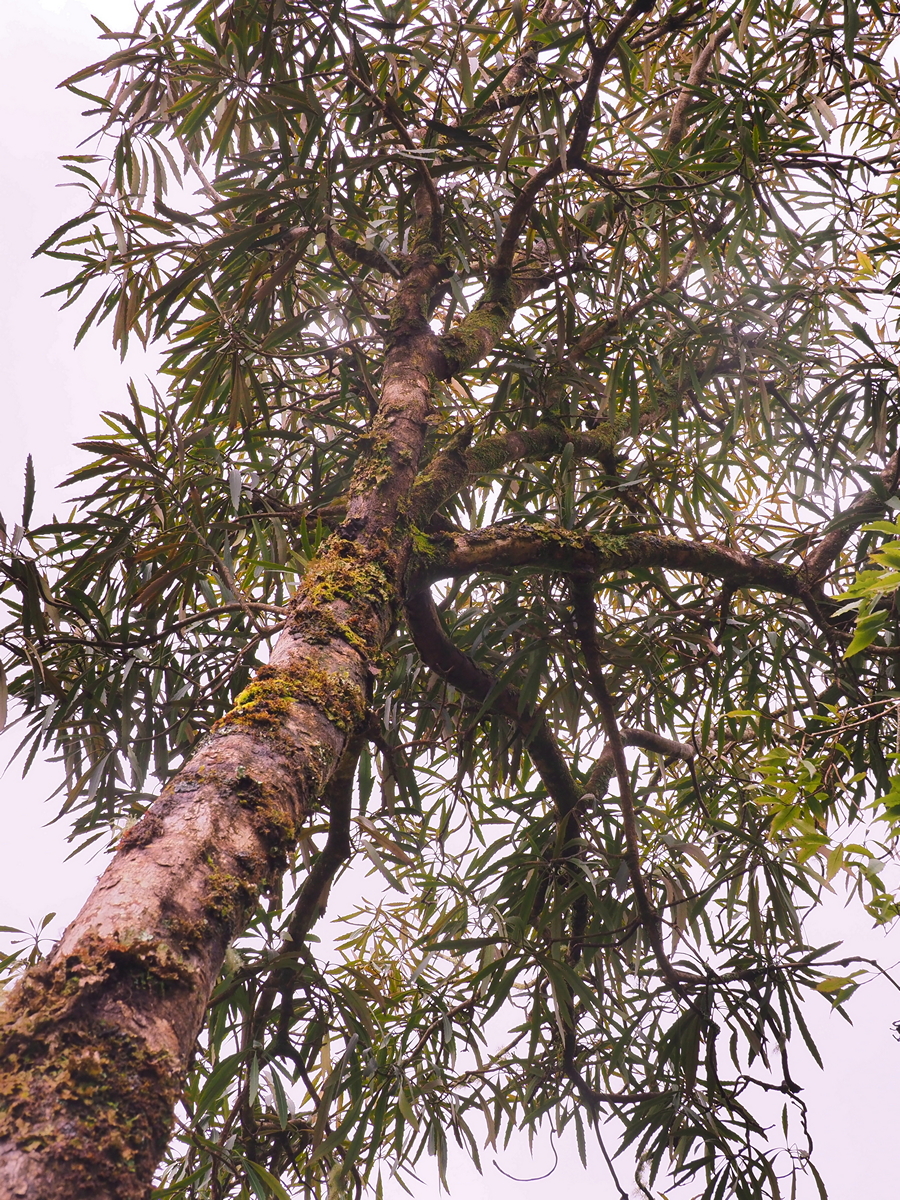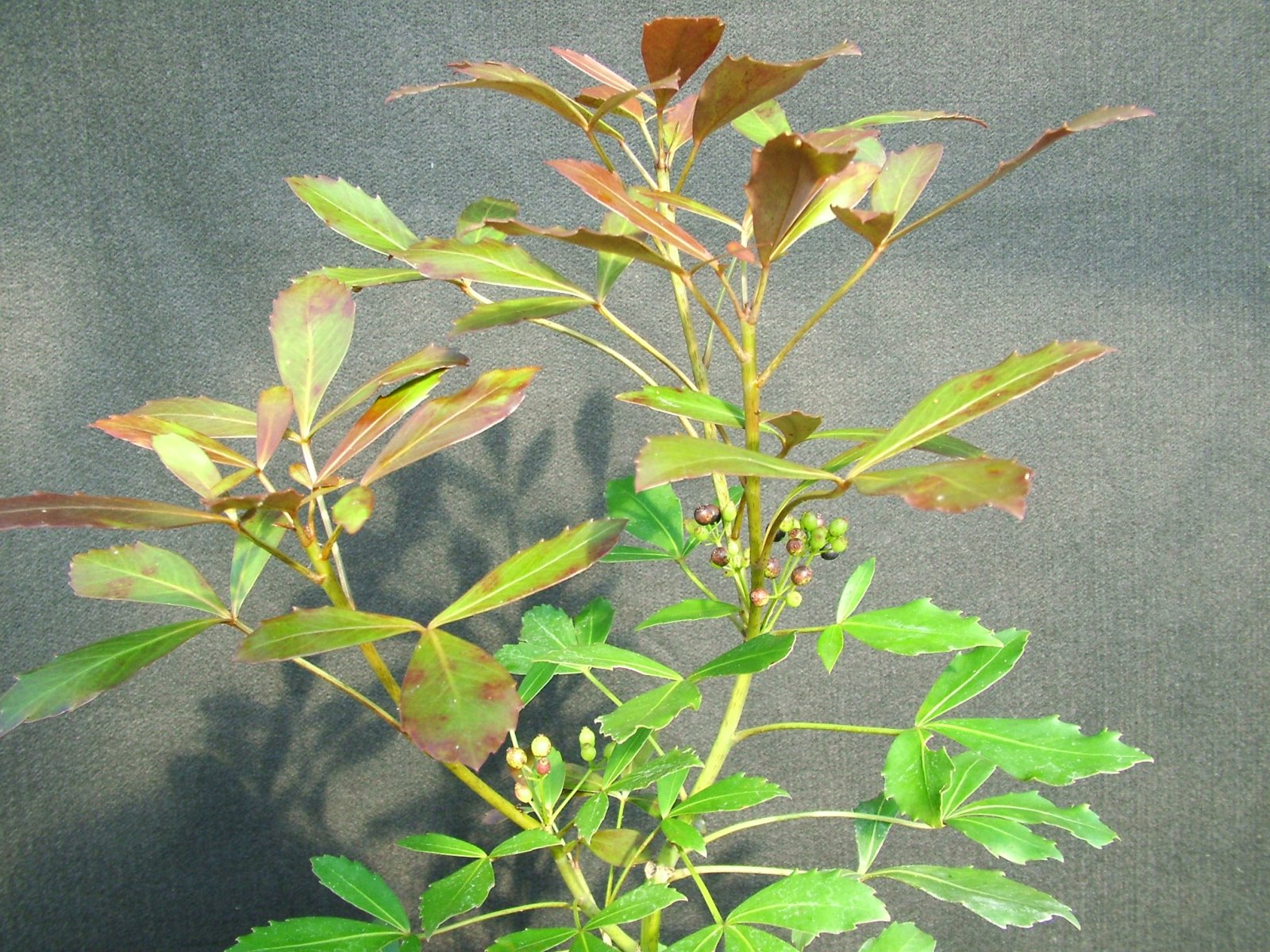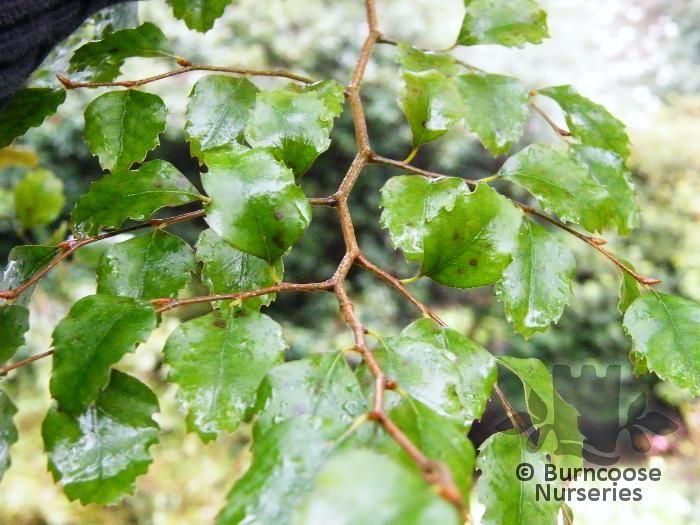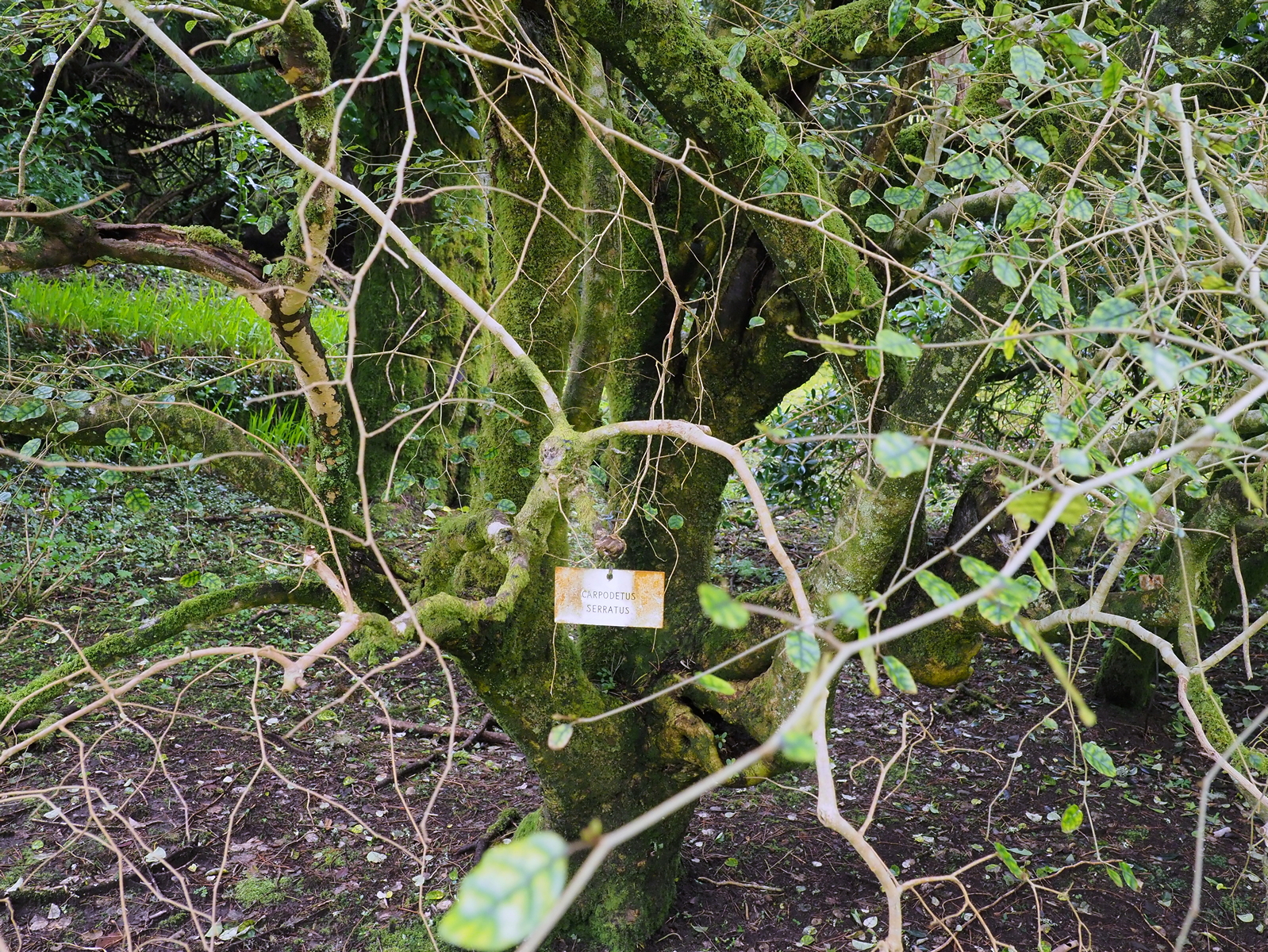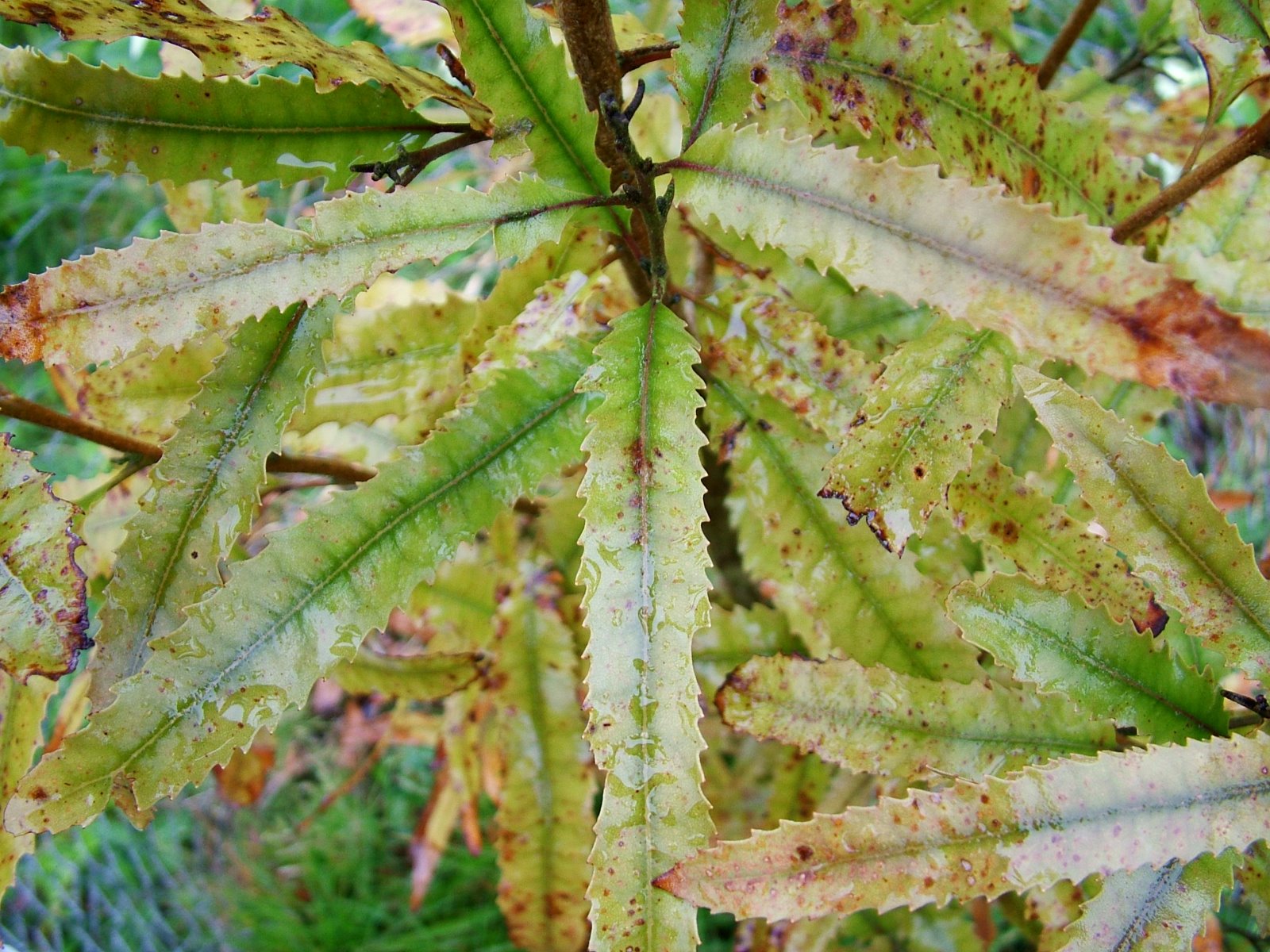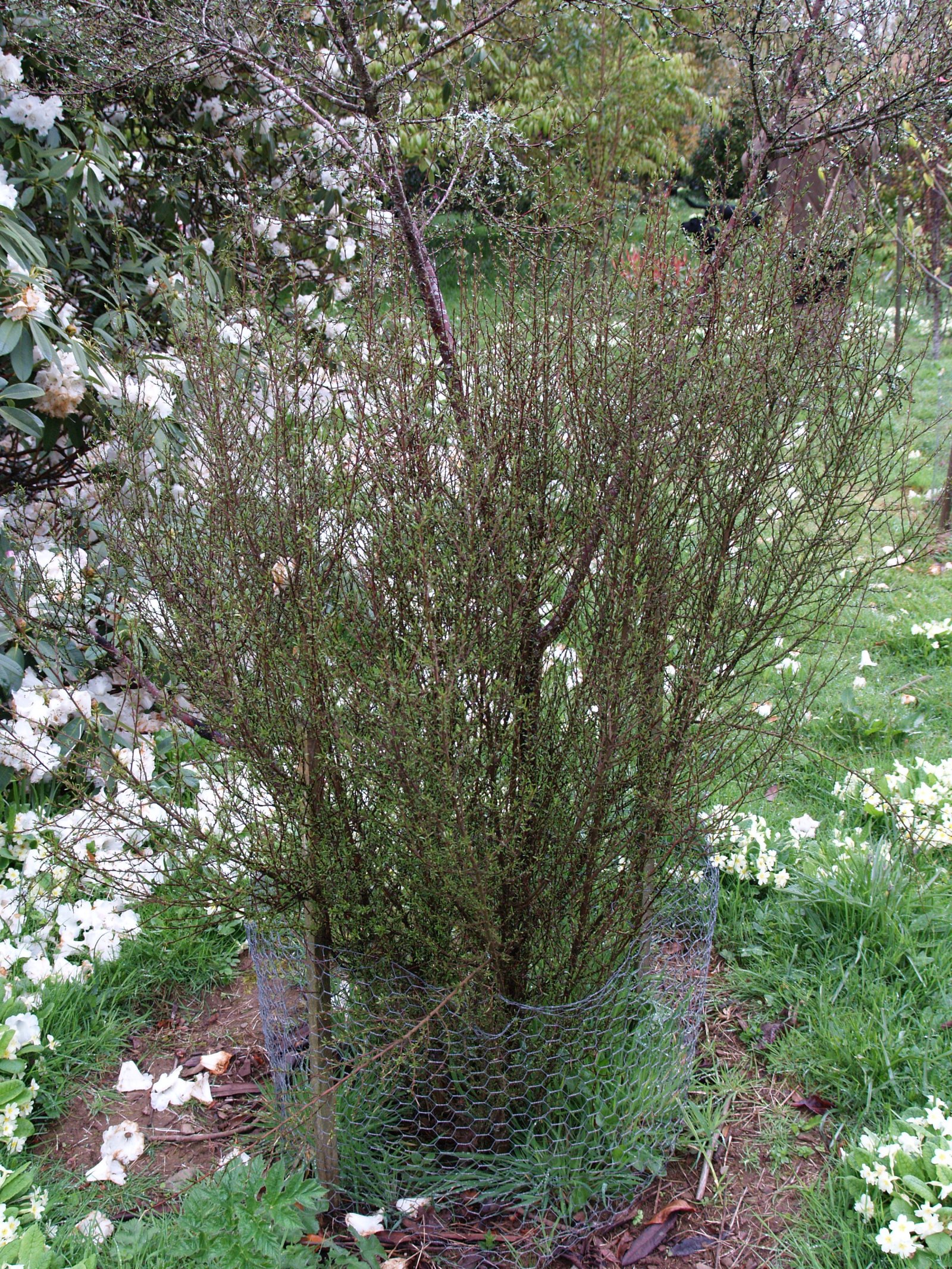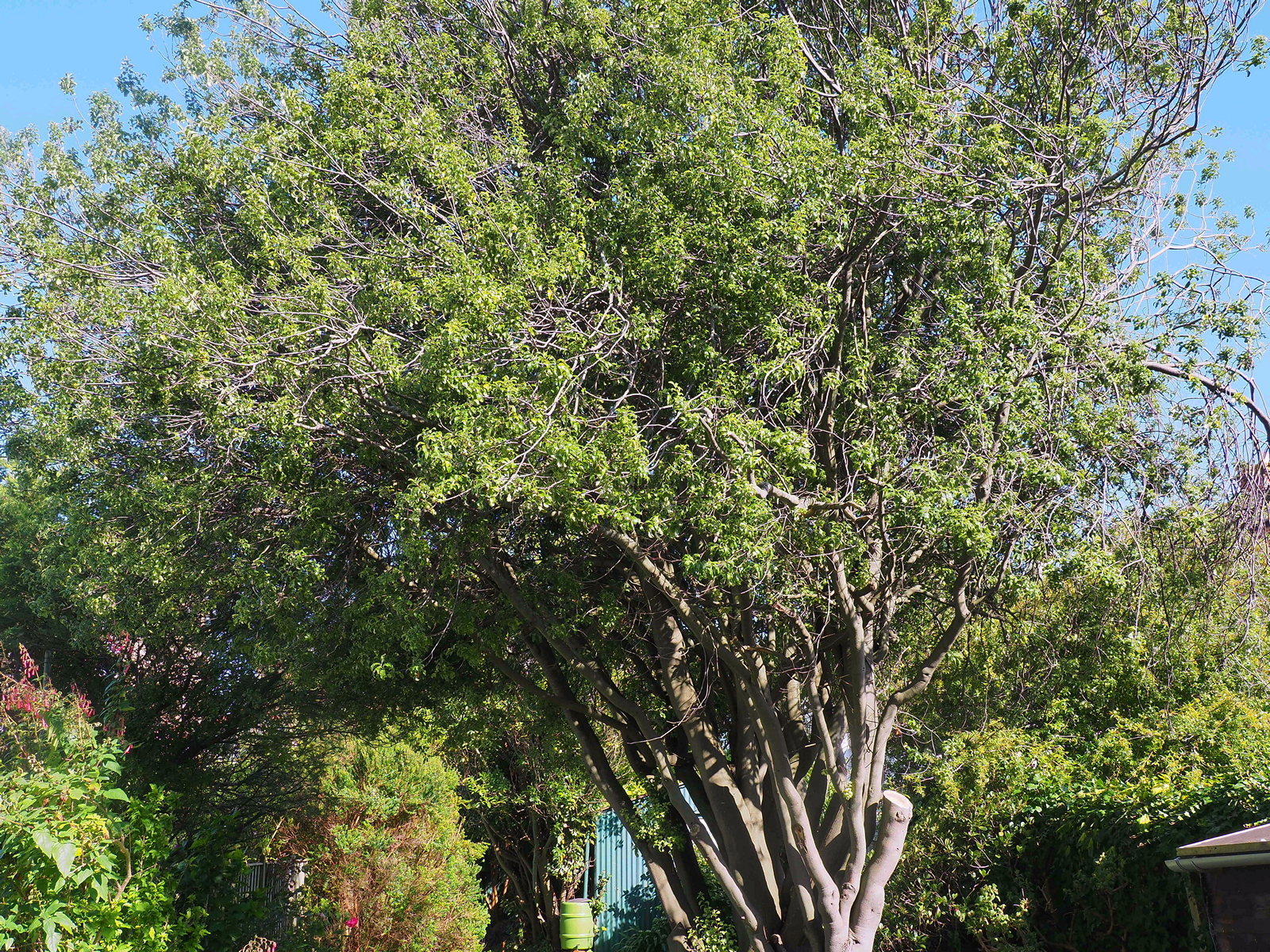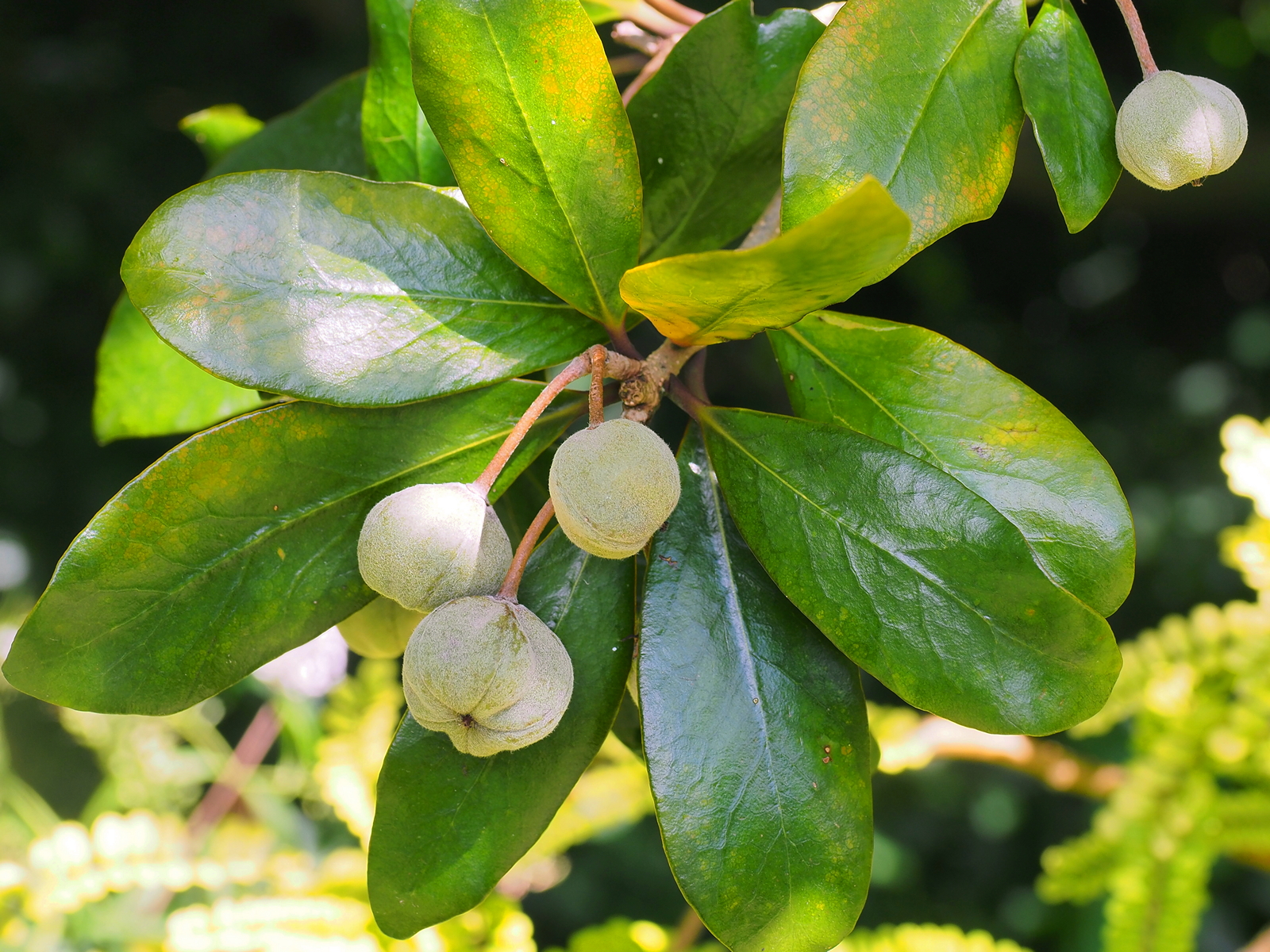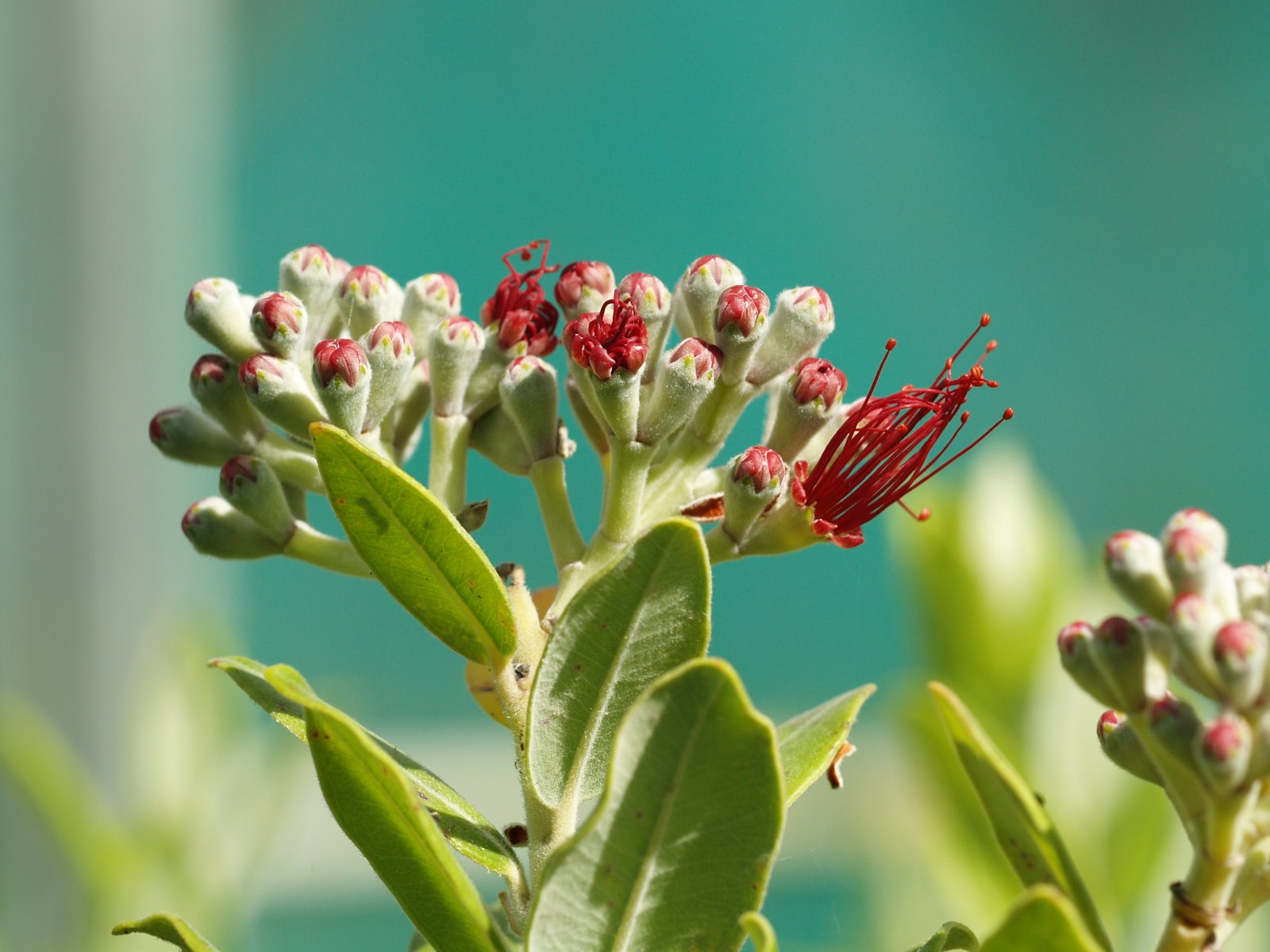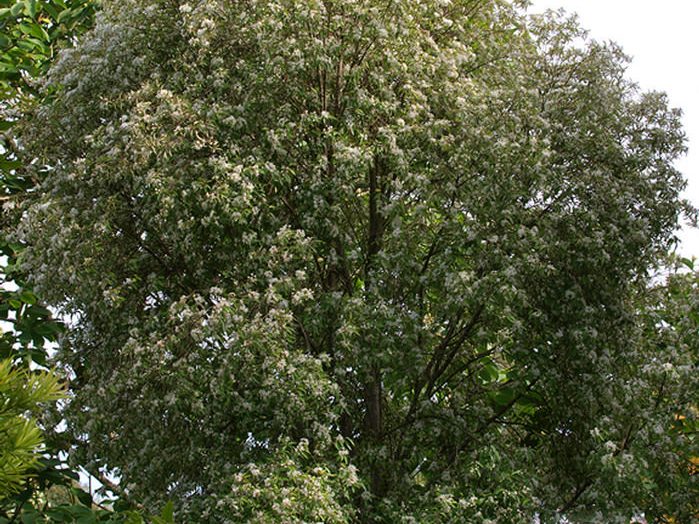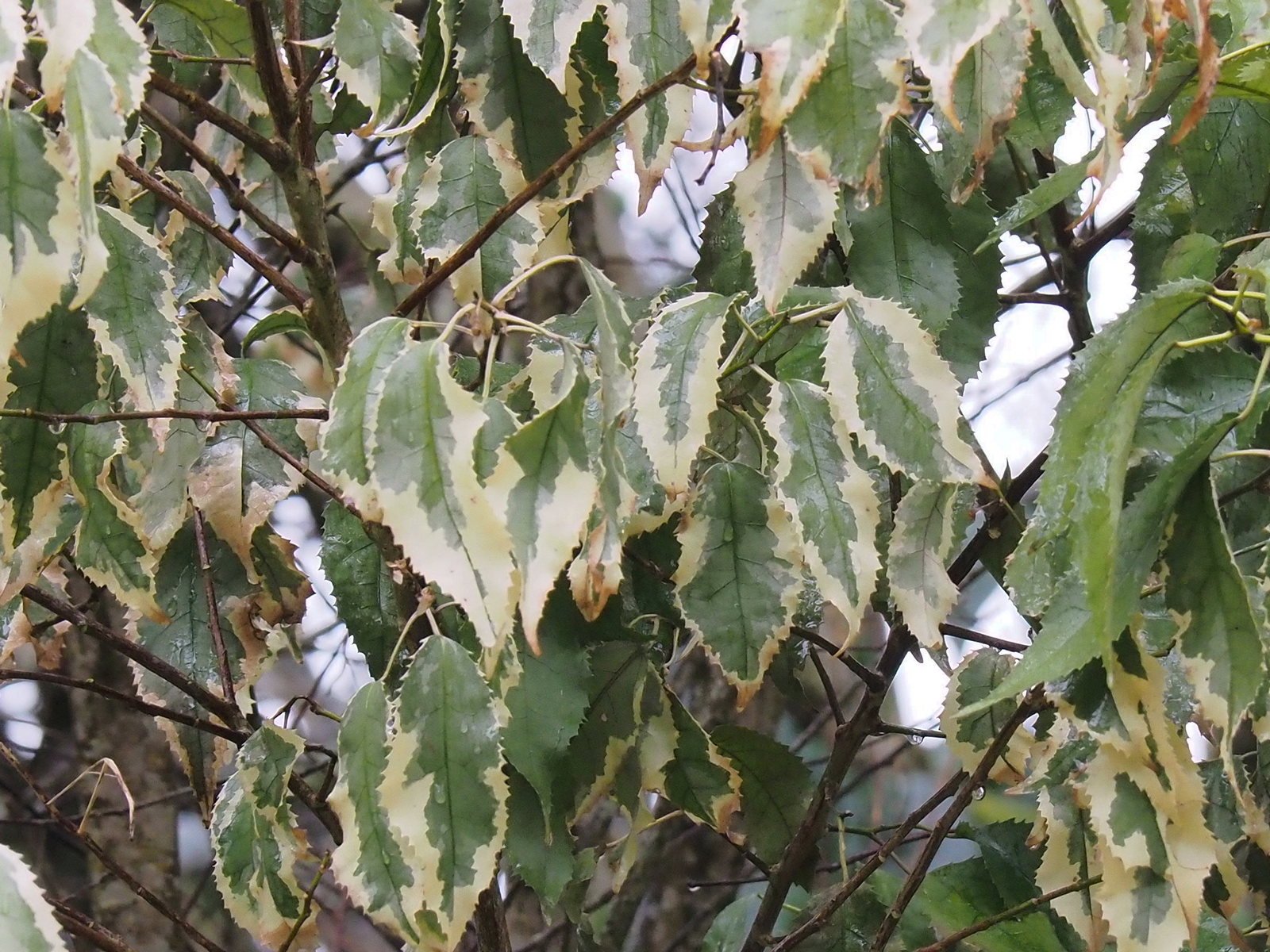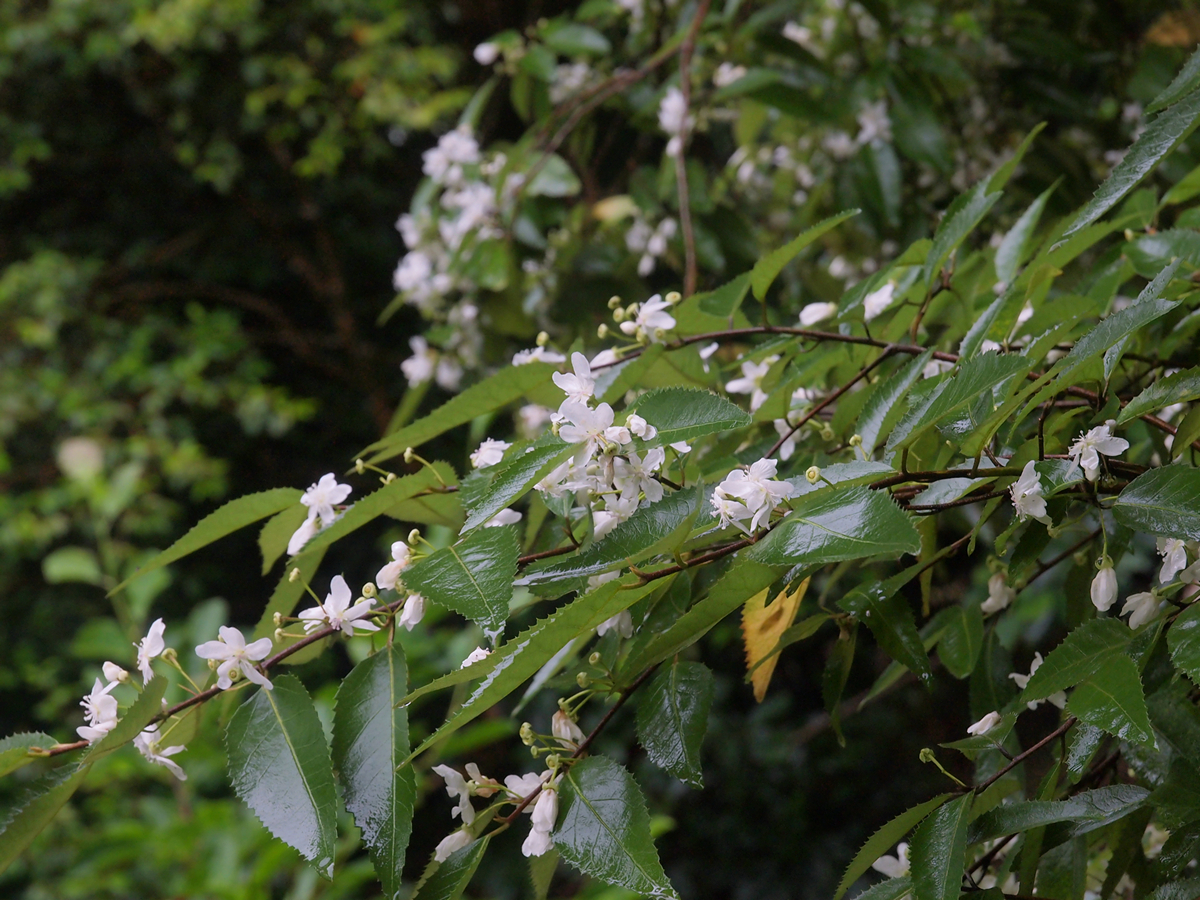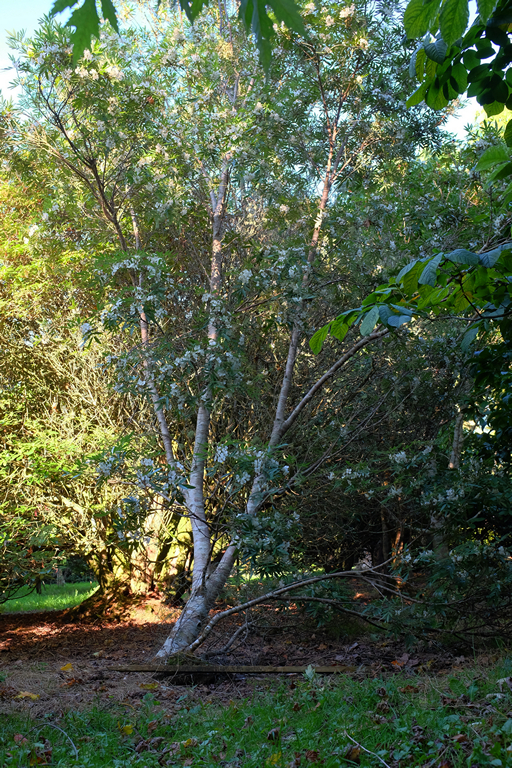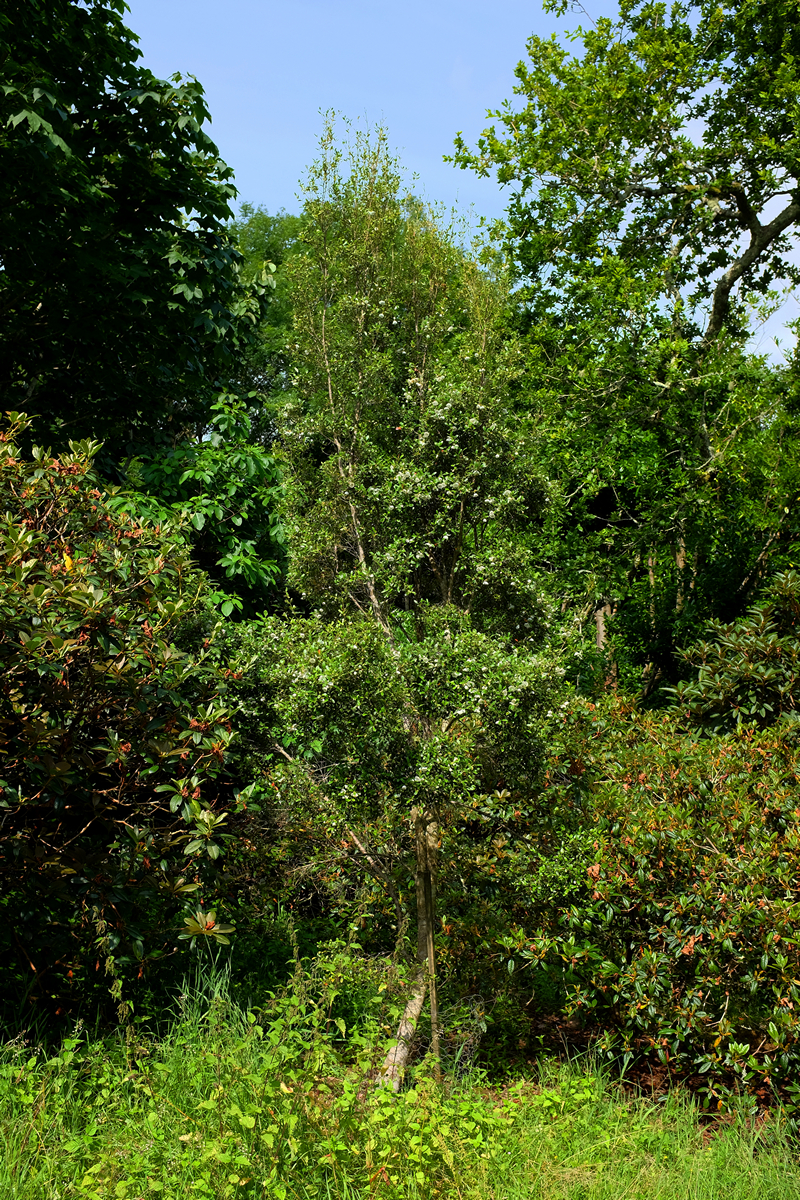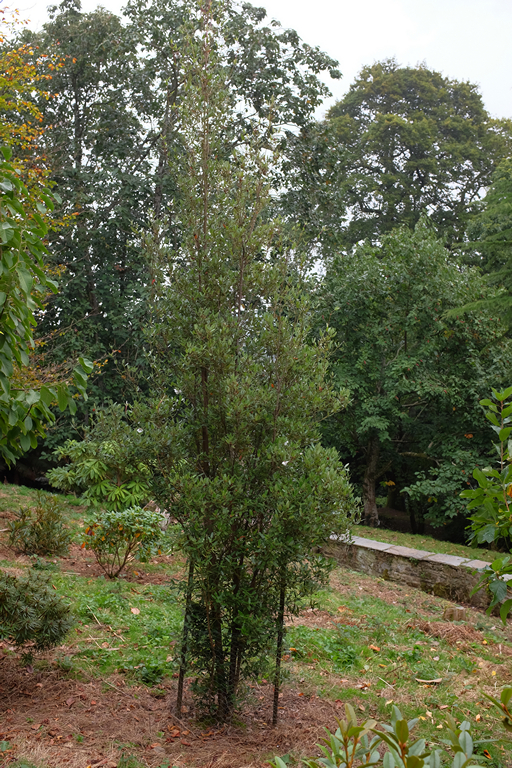TREE FERNS AND AUSTRALASIAN PLANTS AT CAERHAYS
RHS Lecture by Charles Williams
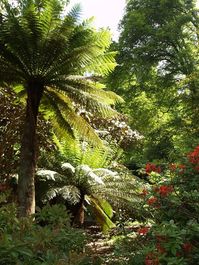
Glancing at the title of this lecture you might easily have been forgiven for thinking I was going to talk about tender sun loving plants such as acacias, leptospermums or callistemon. Although there are a few examples of each at Caerhays, I would regard these as being suitable Australasian plants for growing here only until the next cold winter. The huge acacia longifolia which was at least 40 feet tall below the wall died in the winter of 1963. Other newer acacia plants were growing well until the winter of 1982. The last two cold winters have finally caught up with the acacias again despite nearly 30 years of uninterrupted growth. One A. dealbata and one A. pravissima have survived in particularly sheltered spots. A. verticellata may not yet be quite dead but the rest have not stood the test of time. Of the leptospermums only one or two of the tougher species like L. lanigerum and L. argenteum have survived – 5°C for nearly 10 days and – 8.5°C at worst in January 2010. The callistemons are a sorry sight.
What I wanted to concentrate on in this lecture are Australasian plants with a more proven track record in cold winters which can be grown throughout most of the country and not just in Cornwalls supposedly very mild and supposedly frost free climate.
Perhaps the totemic Australasian plant in Cornwall and now, as a result of mass selling by B & Q and the mass destruction of Tasmanian temporate forests, very widely grown in the UK is the tree fern; Dicksonia antartica.
At this juncture lets not get too carried away by tree ferns. The recent run of mild winters and the success of plant importers with D. antartica have conned many admirers of tree ferns into branching out into planting other species.
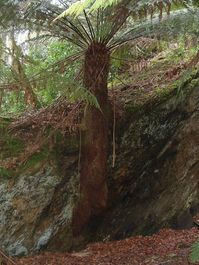
Tree Fern
Those of you who failed to bring your plants of Dicksonia squarrosa or D. fibrosa into a heated greenhouse last winter, or forgot at least to protect the crowns with straw and the trunks with fleece last autumn, will have found that they are now very dead indeed. The same is true of the Cyatheas, another form of tree fern of which Burncoose offers 3 different species but all with a health warning. Beautiful though these tree ferns are, especially when adorning stands at the Chelsea Flower Show, or growing in large clumps as they do at Trebah and Heligan gardens in Cornwall, they are not for the amateur living away from the sea or outside the West Country. For this reason I do not intend to dwell on them here.
Dicksonia antartica was first introduced to the Logan Botanical Gardens in Dublin in 1873. Its arrival in Cornwall towards the end of the 20th Century is however more interesting. Ships returning from Australia used tree fern trunks as ballast in their holds to prevent cargoes moving about in heavy seas.
A tree fern ‘trunk’ is merely the decaying remains of earlier growth of the plant and forms a dense, though supple, medium through which the roots can grow. Ideally suited as ballast therefore.
At Falmouth docks the trunks were discarded on the quayside when ships were unloaded. It must have been a great surprise when people noticed these trunks were growing new fronds and that, in time, the ends of the trunks were turning upwards and starting to regrow.
Many of the tree ferns at Caerhays in the two main ferneries are over 100 years old and most Cornish gardens can also claim specimens of a similar age. The reality is that you can cut or chainsaw a tree fern trunk at any level from the ground to near the crown and, providing the trunk is kept moist and in the shade, it will regrow if planted or even just laid on the ground since, as explained above, the ‘trunk’ is merely a mass of fibrous roots.
This is how tree ferns are imported into the UK today. A practice which the environmental lobby are keenly fighting against since it inevitably involves the destruction of temperate rain forests. D. antarctica is, or was, the most abundant tree fern in south eastern Australia and Tasmania and the naturalist, David Bellamy, has been at the forefront of efforts to control the ‘logging’ of tree ferns. Many of the plants which you see today in garden centres may be up to 250 years old and, while some have been imported legally under license, many have clearly not.
Once a tree fern is 20 or so years old it is perfectly capable of producing its own spores. Like all ferns their regeneration is primitive and can be compared to the life cycle of a tadpole becoming a frog. If you look around the ferneries at Caerhays you will see green slime growing in and around moss or lichens covering wet stones and rocks. This is the first stage in a tree fern’s development. After a period of time small plantlets, which are soon easily recognisable as tiny tree ferns, emerge from the slime and set root in the moist decaying debris of old fronds which inevitably lie at the base of a fernery.
In the main quarries and ferneries at Caerhays you can see many stands of small tree ferns often well above ground level. Odd plants appear all over the garden wherever it is moist and damp enough and where strimmers cannot reach.
Some plants exist attached only to rock with no roots actually reaching the soil at all.
This proves that tree ferns can take up moisture and nutrients from rain water alone and again emphasises the importance of a location which is as close as possible to their natural rainforests.
This all shows that there is absolutely no need to buy imported trunks from garden centres. Young plants bred naturally in Cornwall can easily be lifted and grown in pots for sale by nurseries without damaging the rainforest. Another example of how historic gardens and nurseries can encourage conservation and prevent exploitation of plants in the wild. B & Q have a lot to answer for in this context and should rightly be held to account.
If your garden does not have a damp and shady corner you can still grow a tree fern providing you remember to water the trunk in dry spells. You can even grow it in full sun, as some Caerhays plants do, although their roots are shaded by other vegetation.
In winter stuff the crown of the plant with straw or leaves to prevent the frost harming the new fronds which will suddenly emerge in April or May.
Do not pull off the old fronds as these will also help protect the crowns. When they are completely dead they will drop on their own. Do not worry if temperatures of – 10°C or even – 15°C brown off the fronds on the top of your tree fern. Providing the crown is protected the new fronds will still emerge. Don’t forget that the trunks which were imported as ballast had all their fronds cut off before their journey started and the same is true of imported trunks today.
If you live in East Anglia or colder parts of the country then you may also need to protect the trunk with a covering of white fleece which is widely used in the horticultural industry to protect crops from frost by insulating them from the cold.
When people visit Caerhays they tend to think of it as a Chinese garden based on the discoveries of the greatest plant explorers and collectors, Ernest Wilson (1876-1930) and George Forrest (1873-1932). Australian tree ferns are however one of the great spectacles of the garden at Caerhays and countless generations of children have got sore knuckles when attempting to punch what looks a supple trunk! In removing much of the ponticum surrounding the ferneries and creating new paths along Sinogrande Walk visitors are now able to enjoy the spectacle of these ferneries as never before.
My key theme in this lecture is now to introduce you to some other new or relatively unknown Australasian plants suitable for different locations in the garden. Plants for hot and dry costal planting, trees and hedges which will grow well in woodland gardens and in the teeth of the wind AND, my pet favourite, PODOCARPUS.
There are 4 podocarpus species from New Zealand and one from Australia from around 100 species worldwide. What makes the New Zealand ones so exciting is that they have remarkable colours and are suitable for patio pots, as ground cover, for shrub borders, rock gardens and as hedges. With that sort of write up you might well be wondering what they are doing at Caerhays but you would be wrong. That, in part, is what Caerhays has to offer because the garden is not just about magnolias, camellias or rhododendrons – it is a truly diverse garden with more of interest than at first meets the eye.
The key New Zealand species are P. nivalis –The Snow Totara, P. lawrencii – The Mountain Plum Pine, P. hallii (totara) and P. acutifolius. They all look a bit yew like as you will see but these 4 species and the Australian one, P. alpinus, are totally hardy since they grow in the wild in rock covered mountain sides.
By hybridising these 4 species a truly exciting range of new growth colours has materialised both in spring and in autumn.
Autumn and winter colours include:
There is also a huge variety of different habits and forms. Some are low and spreading while others are bushy or erect. As you would expect with hybrid vigour some grow far quicker than others. The male plants produce catkin like cones in May or June and pollen is spread by the wind. Well drained soil and full sun is necessary for the best foliage colours as these will fade in shade. The larger growing podocarpus will tolerate more shade. None ever need pruning although there is no reason why you shouldn’t.
Patio – P. ‘County Park Fire’, P. ‘Otari’
Hedging – P. ‘Clarence’, P. ‘Jacks Pass’, P. acutfolius
Ground cover – P. ‘Blue Gem’
Trees – P. totara / P. hallii
Other related species which you will see in the collection are Dacrydium franklinii and Dacrycarpus dacrydioides (White Pine). These are all trees but highly unusual ones. The other close relative is Saxegothaea conspicua – Prince Albert’s Yew – but that comes from Chile.
In all, and including a few species from China and South Africa, there are now around 60 varieties and species of podocarpus growing at Caerhays which you will see listed in great detail at the end of the new garden guide. (Unusually they are nitrogen fixers and have root nodules similar to peas). As you will discover we are using these plants primarily as windbreaks in open on exposed areas to cut down the underdraft. Some of the hybrids are likely to become quite large eventually and will contribute to the microclimates which we try to create in each area of new planting. P. totara is in fact an important timber tree and its name implies strength and durability in Maori.
The Caerhays podocarpus collection has recently applied to become a Plant Heritage National Collection although the outcome is not yet known.
Perhaps even more bizarre, but equally hardy, are the Pseudopanax with their almost primeval appearance. This genus has about 15 species which are found in New Zealand and Australia. When these plants first came to be imported it was assumed that they would be exotic foliage plants in conservatories which would certainly provide some winter protection. They certainly haven’t turned a hair at up to minus 100C so far here but they do need shelter as they are rather top heavy evergreens. In a mixed border they can provide colour and interest in the winter months or they can make good patio plants if you don’t want to risk a tree fern. They do set seed but are easy enough from cuttings.
I have brought a selection of pot grown plants from the nursery for this lecture as they are not yet all featured in the garden here.
P.laetus – a shrubby form which grows to about 3m and is found only on the North Island of New Zealand. It will grow well in full sun or partial shade and can readily be pruned. As you will see in the garden shortly it makes a truly exotic appearance amongst Chinese rhododendrons and camellias.
P.crassifolius ( Lancewood) . This grows into a small tree of about 5m but has a juvenile stage which is totally different to its adult stage. The juvenile stage lasts 10 -20 years and then branches develop and the leaves become shorter and stop drooping. Quite a thing to come upon in the garden but our largest plant was knocked over and broken recently.
I thought I might now turn to a few equally odd New Zealand trees which I am sure will grow in popularity in a woodland setting as they become better known. I have brought samples from the nursery as our other plants in the garden are still very young.
Nothophagus fusca – Red Beech. This grows up to 30m but is very prone to blowing over and splitting in strong winds. It is a semi evergreen but very variable in its leaf form. The leaves have a reddish tinge in the autumn. There used to be 7 species of Nothopagus at Caerhays which were all record sized UK trees. Sadly all 7 perished in the great hurricane of January 1990 but replacements are now well established and several other rare New Zealand species are also coming on.
Carpodetus serratus – Marble Leaf – this has an upright spreading habit, and is endemic to New Zealand. It grows to about 5m, has a juvenile habit and produces large panicles of white flowers. It likes good soil and plenty of moisture. It might even coexist with the tree ferns in fact.
Plagianthus divaricatus (above) & betuloides (renamed regius & right) – these trees are deciduous in cold winters and semi deciduous otherwise.The former was a specimen plant of some note at Caerhays until it was felled in a freak gale in the late 1980’s.
P. regius (above) Plagianthus have very gnarled stems which are very attractive. They have yellowish – green flowers in drooping panicles with an unusual (and not very pleasant) scent. P. divaricatus is very tolerant of wet soils and salt laden winds.
Corynocarpus laevigatus – Karaka – a handsome canopy tree from the North Island of New Zealand. It produces large orange seeds in autumn which smell awful. It will grow up to 15m but is an attractive container plant and will do well in this sort of situation.
Then we turn to a few shrubs which may make you think a bit as you may well assume that some of them are native to England as they are so well established here.
Pittosporum tenuifolium – a lively Cornish industry grew up on Cornish smallholdings at the start of the 20th Century growing this species of pittosporum as a foliage plant alongside daffodils as cut flowers. Remnants of these fields of pittosporum can still be seen outside Falmouth, Penzance and St Mawes as well as the Isles of Scilly.
Griselinia littoralis – one of the first wind breaks to be used at Caerhays and many Cornish gardens from Tresco to Anthony; it performs very well on the coast and has spawned some hybrids such as ‘Green Jewel’ and ‘Dixon’s Cream’ for those who want some variety in their hedges.
Olearia solandri – a coastal shrub which you see a lot of in Cornwall – another good quick growing shelter plant.
Cordyline australis – probably the best known and most distinctive tree of New Zealand – the Cabbage Tree!
And finally a few exotics to challenge you to go further.
Metrosideros excelsa – today we think of this as a Tresco plant where many tall trees are one of the key features of the garden and self seed prolifically. However there used to be an equally large tree growing at Caerhays beside the greenhouse which produced a massive display of red flowers in July. It succumbed to a cold winter and all attempts to replace it have failed because this plant too has an immature phase of growth which will tolerate no frost at all.
Fuchsia excorticata – The tree fuchsia which grows up to 12 meters tall in the wild and has – papery bark. It requires a moist and rich soil with some shade and shelter.
Hoheria – there are 5 hoheria species all of which are endemic to New Zealand and known as ‘Lacebark’ or ‘Ribbonwood’ They are all quick growing and have the great merit of being summer flowering.
H. angustifola is a columnar tree and there are 3 examples at the top of the garden. It usually looks nearly dead but its tiny rounded leaves eventually become elongated and more visible. The trunk looks as though a rat has gnawed its bark.
Hoheria populnea (‘Alba Variegata’) – this makes a good boundry planting; – perhaps best by water for the reflection. The varigated forms are not hardy as you will see when we tour the garden.
And while on the subject of summer flowering we couldn’t really let you get away without mentioning the Eucryphias – E. moorei, E. milliganii, E. lucida are the 3 Australian species which are all well represented at Caerhays.
So what do Australasian plants do for Caerhays?
-They increase variety and interest of the garden at Caerhays.
– They extend the flowering season both ways – Acacias start us off in Feb/March – dealbata & pravissima and the eucryphias and hoherias see us into autumn.
– They complement the tree ferns which might otherwise be rather isolated from their normal flora in a semi tropical undercarpet of high humidity.
– They allow us to play tricks on the public who expect to see only Chinese plants.
– They make superb and interesting windbreaks, many with good flowers.
Please therefore tell your friends to look out for a little more than China as they go around the gardens here.
One could not end this lecture without explaining how many of these plants came to Caerhays in the first place. The credit must go to Treseders Nurseries in Truro and the Treseder family who were great nurserymen for over 100 years and whose catalogue once rivaled Hilliers in length and diversity. The Treseder’s had family in New Zealand and were responsible for many of the most important introductions to Cornwall and the UK of Australasian plants. Their family name still attaches to several plants and most notably perhaps Pittisporum tresederi. By the 1960’s Neil Treseder was buying rhododendrons and camellias from Caerhays and using cut material from the gardens to decorate Treseder’s stands at RHS shows and Chelsea. David Knuckey, one of the founders of Burncoose Nurseries, was chief propagator at Treseders before moving to Redruth to start his own nursery business when the Treseder business was hit by family tragedy and illness. These are the people who should take the credit for extending the range and interest of what Caerhays can now offer to gardeners.
CHW 7.2.10

